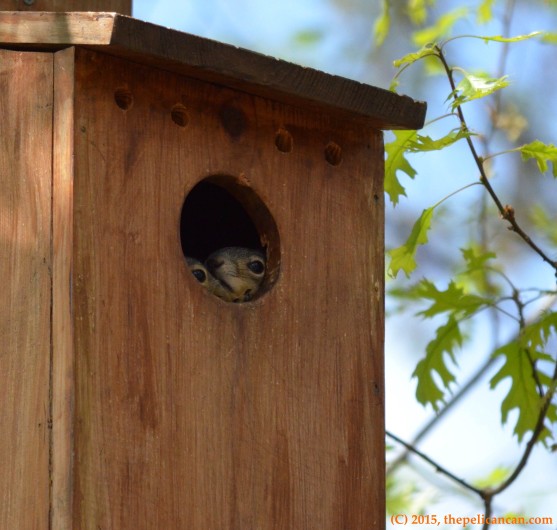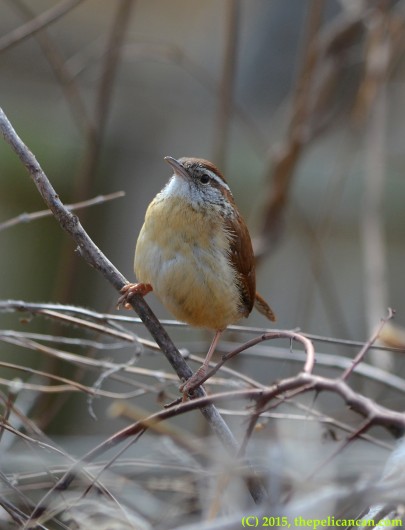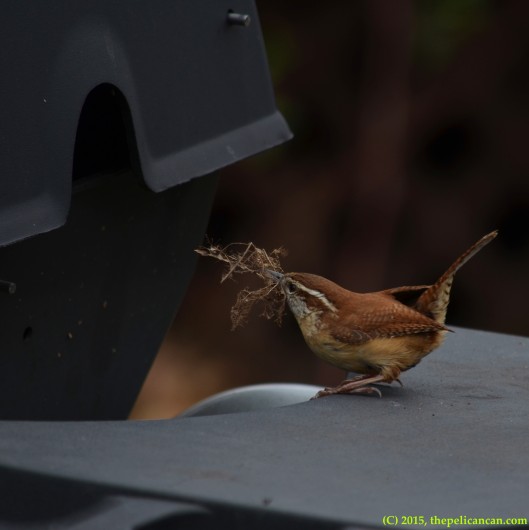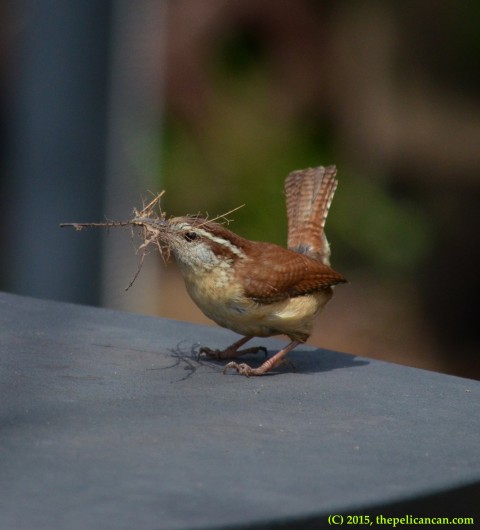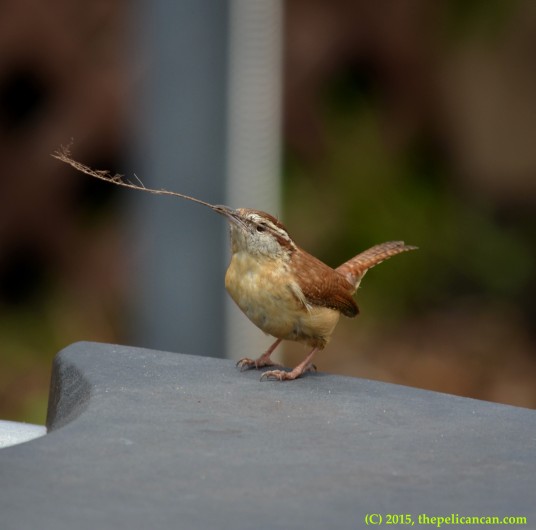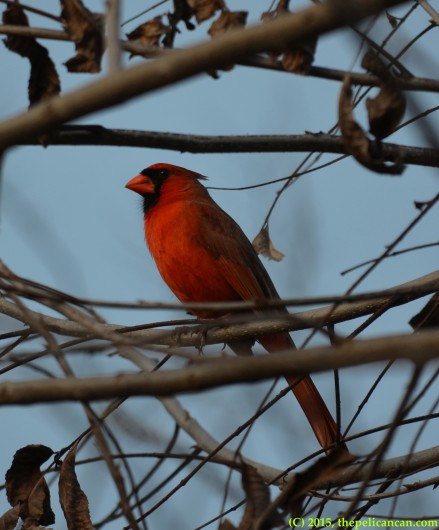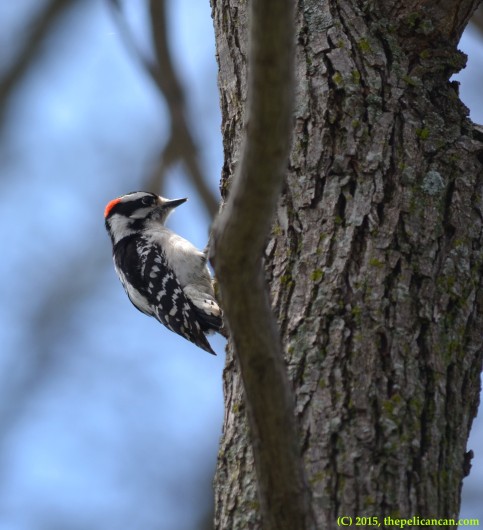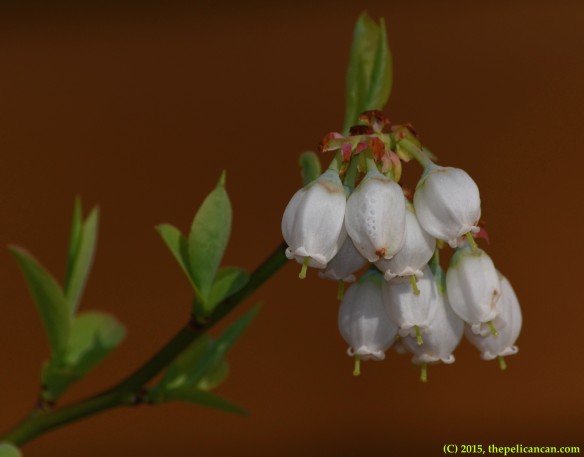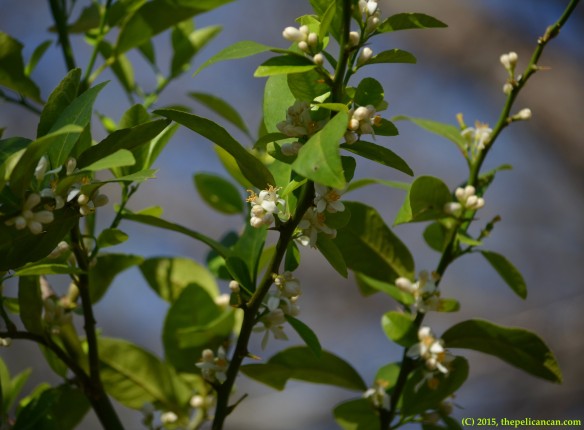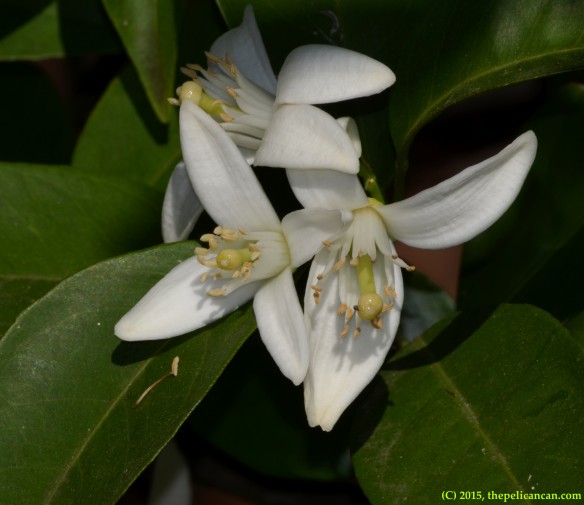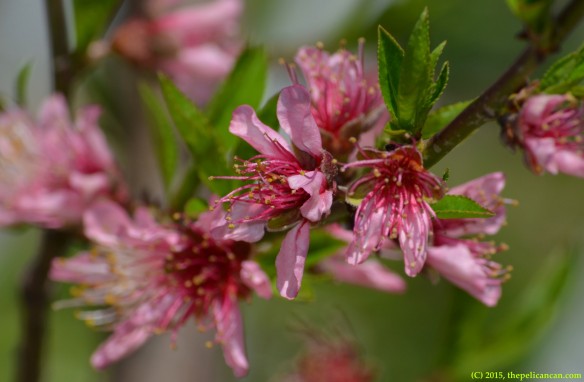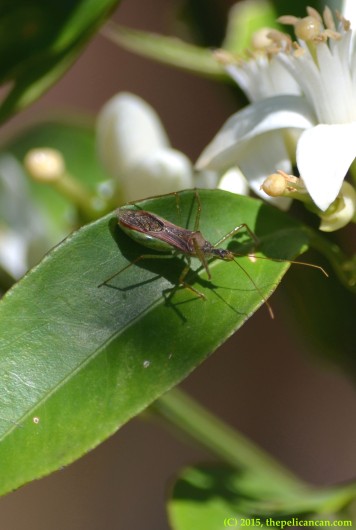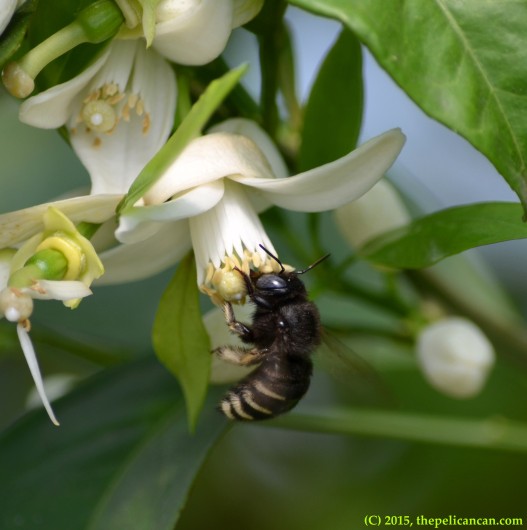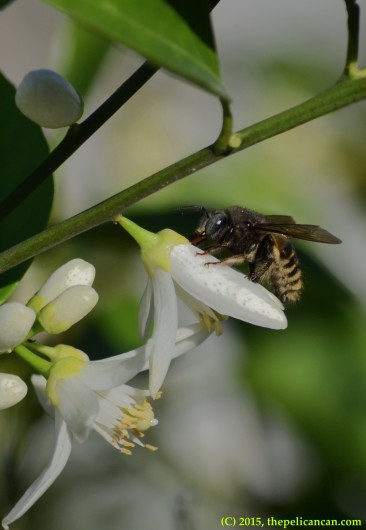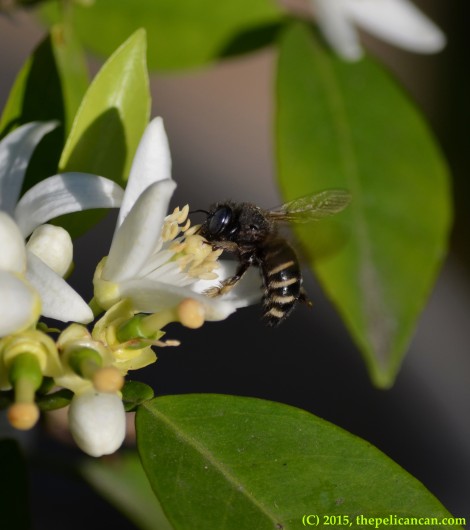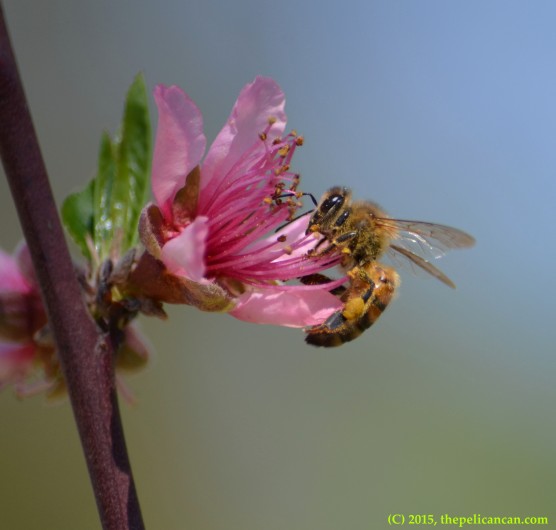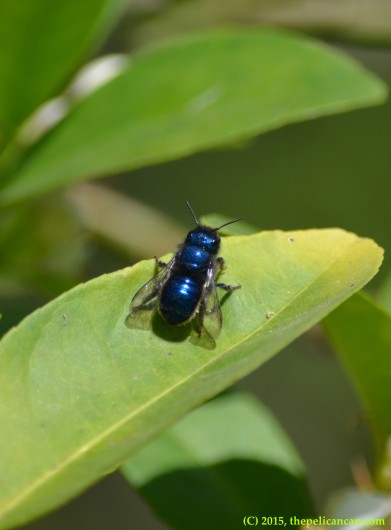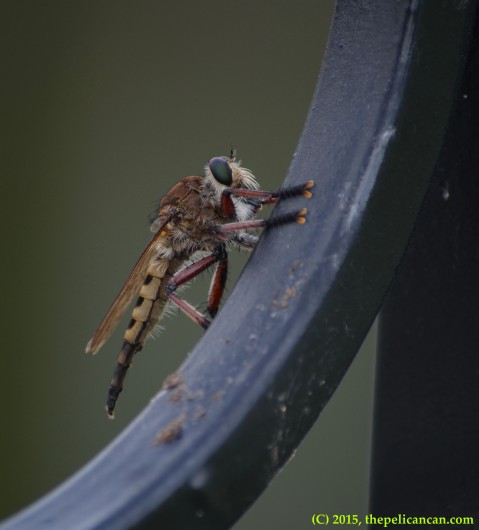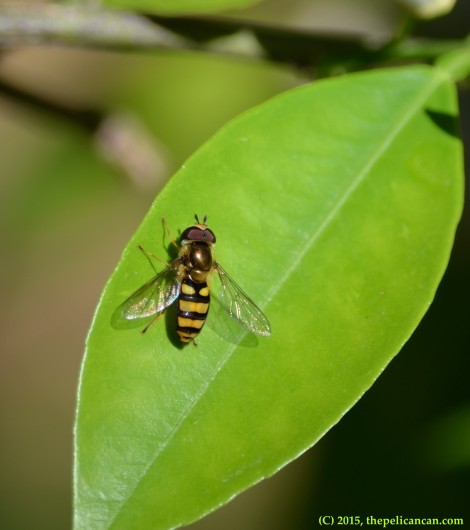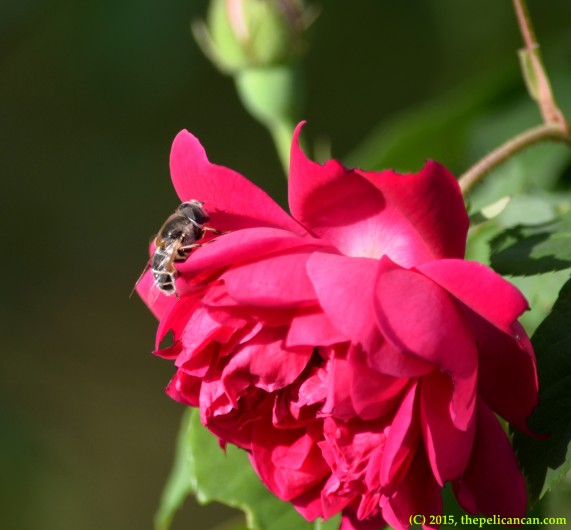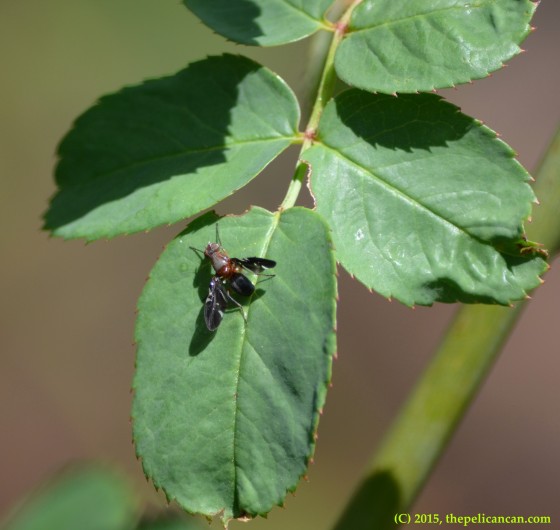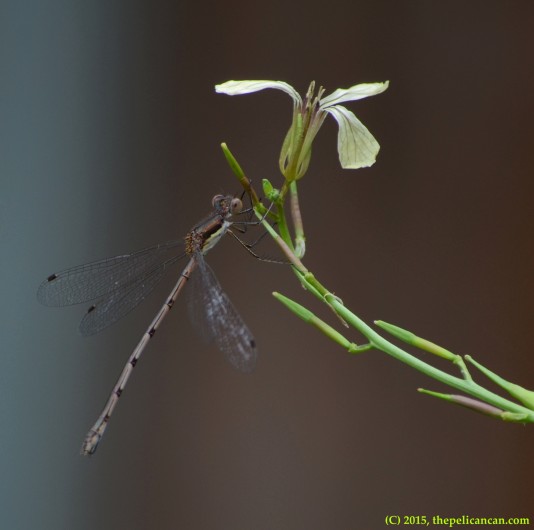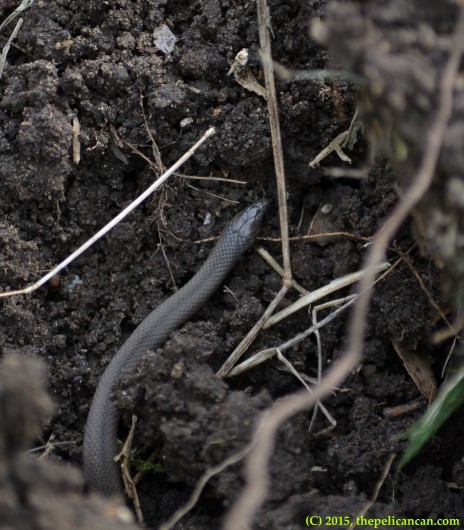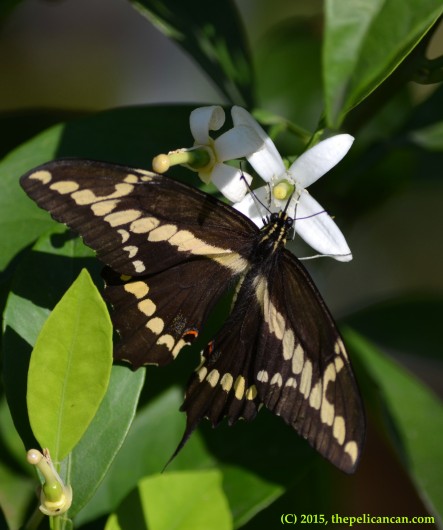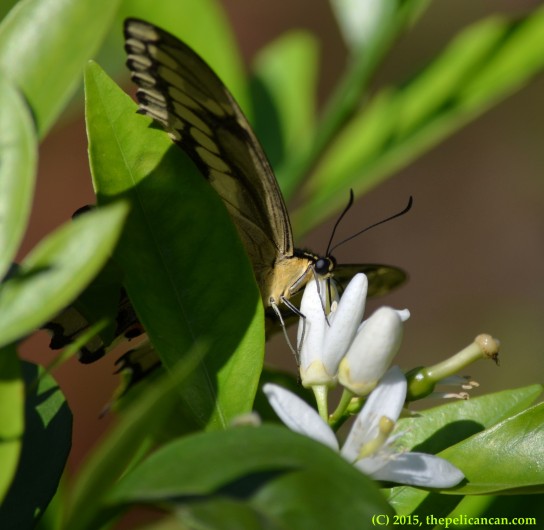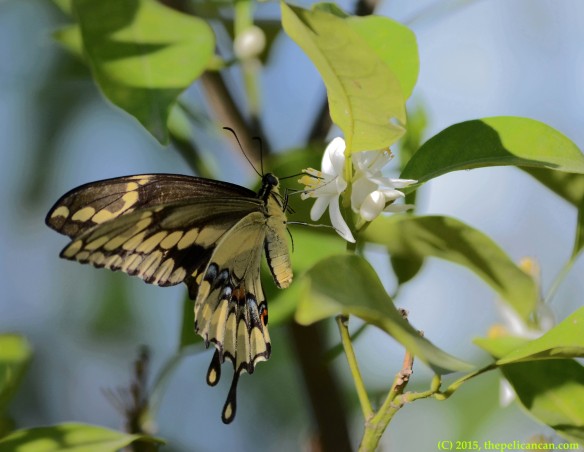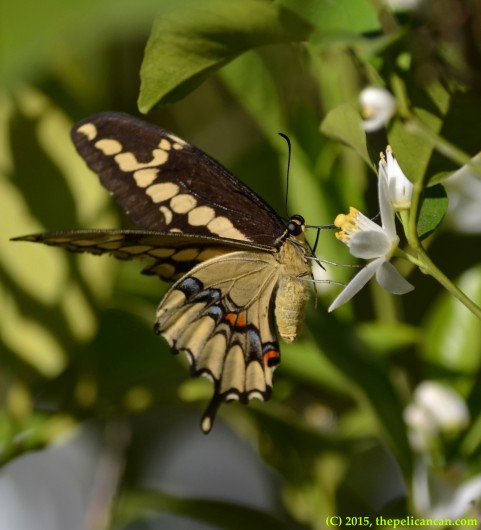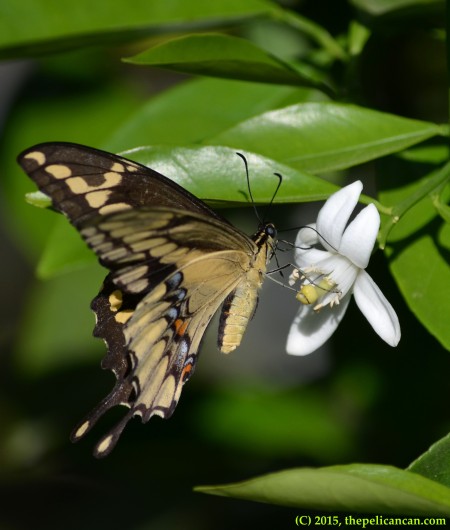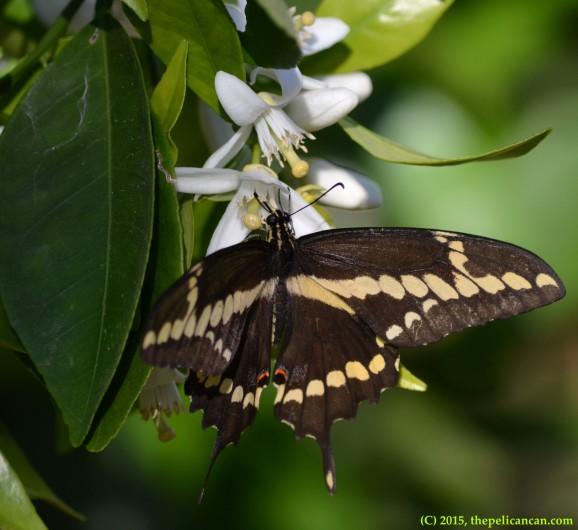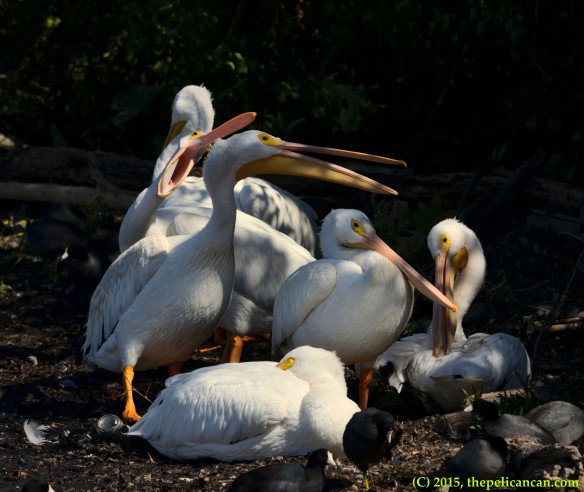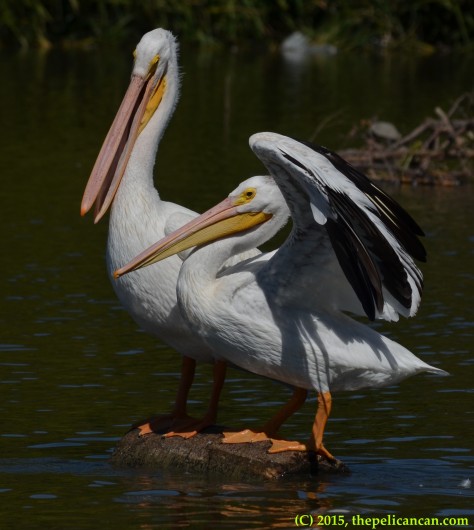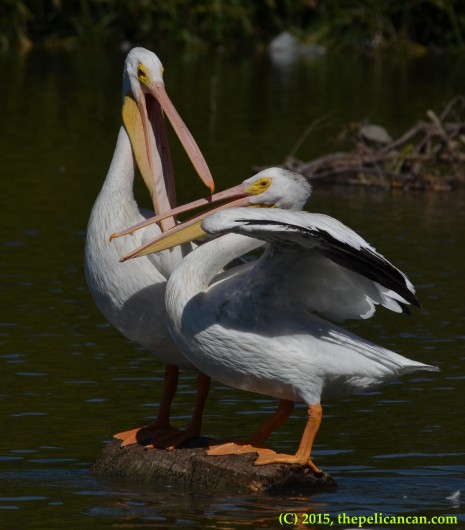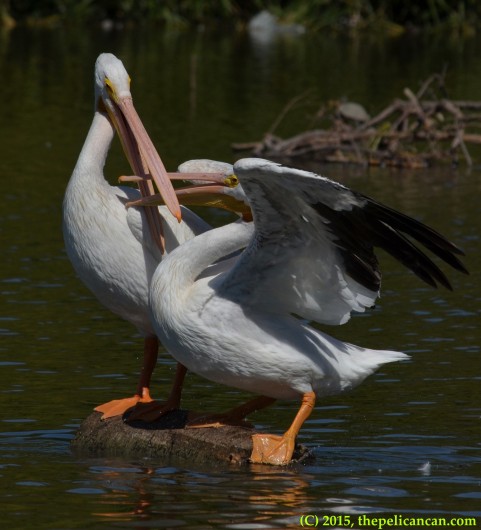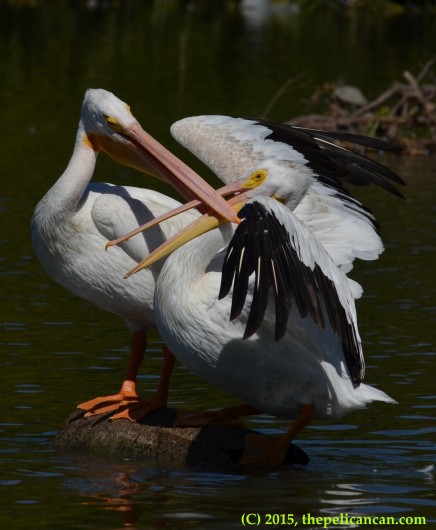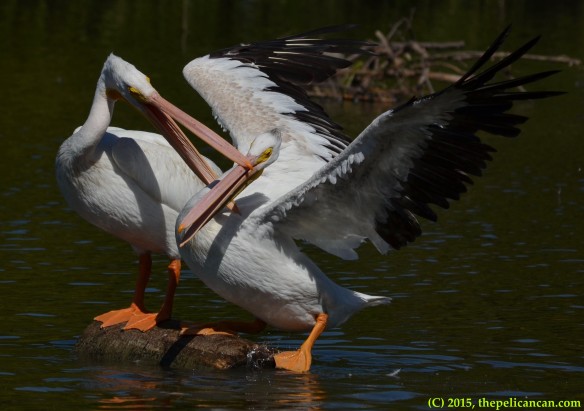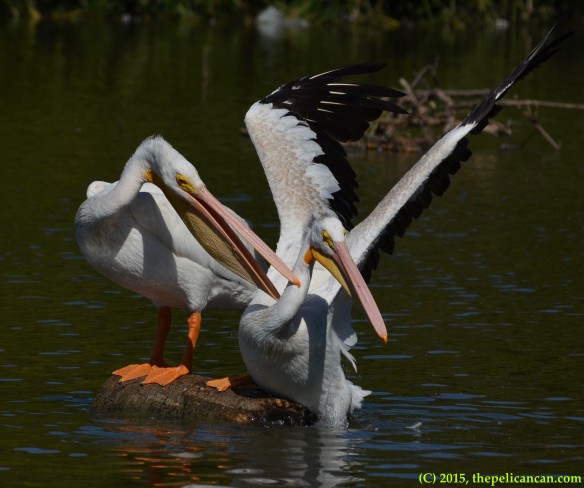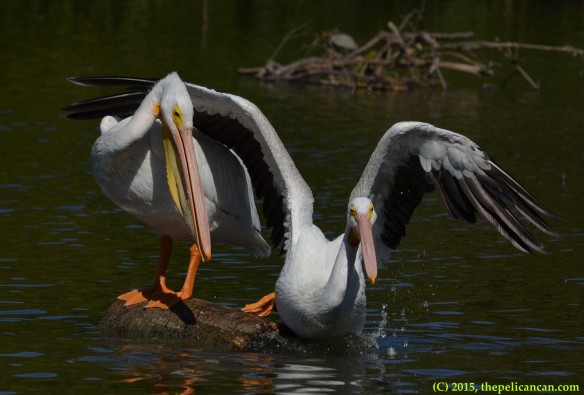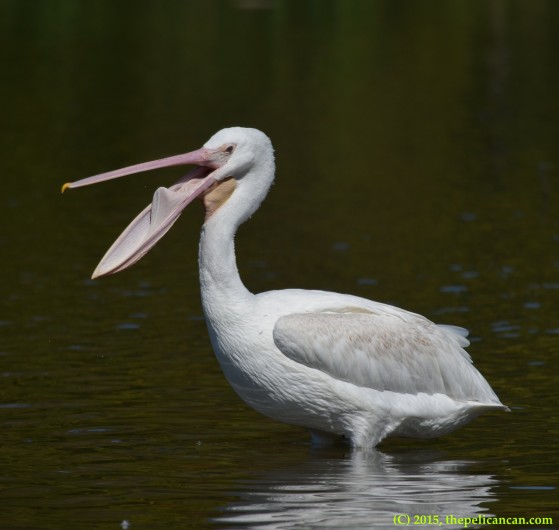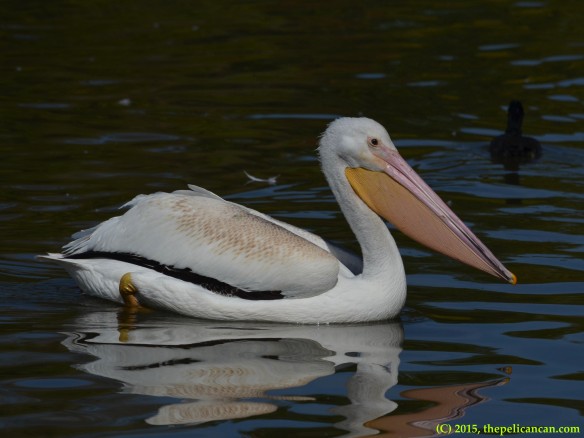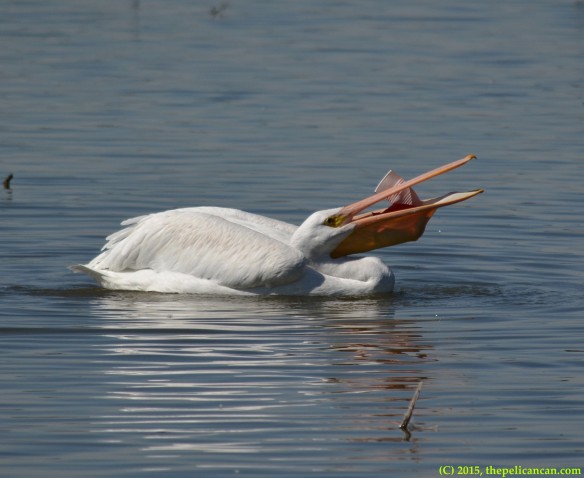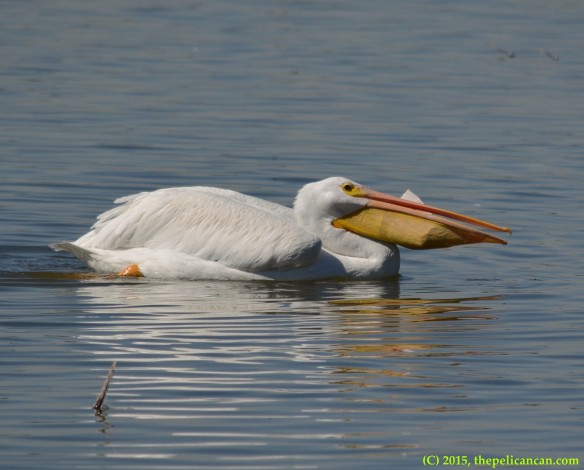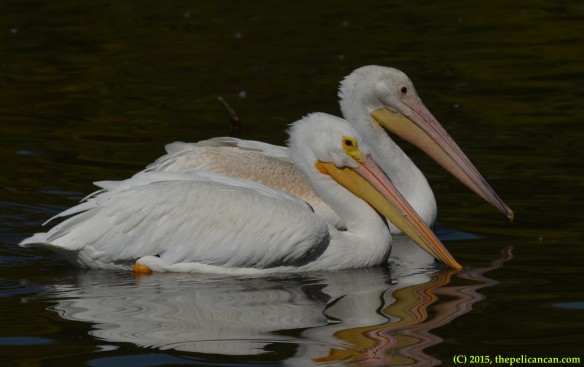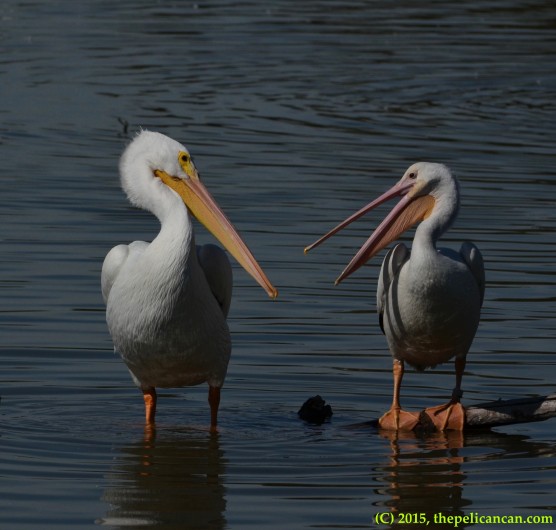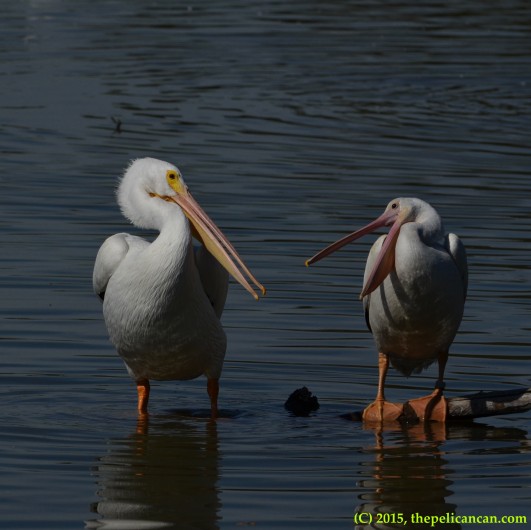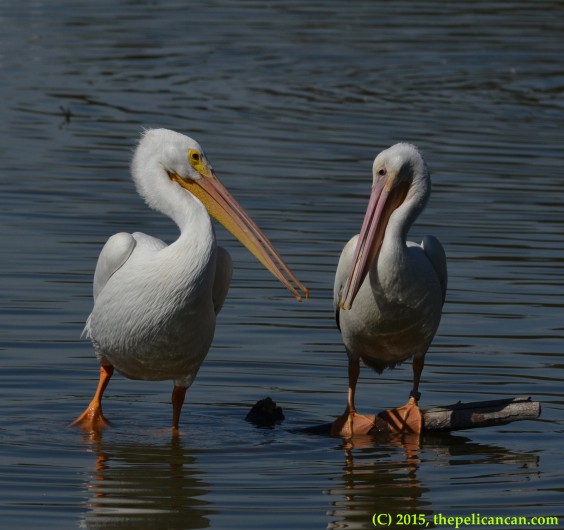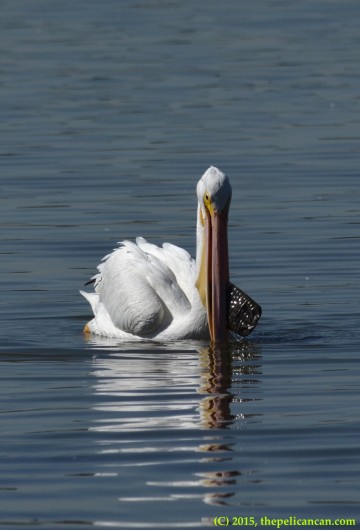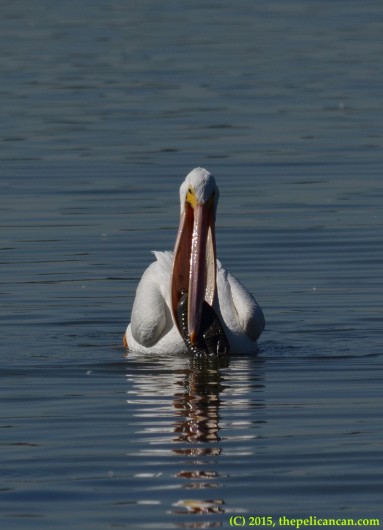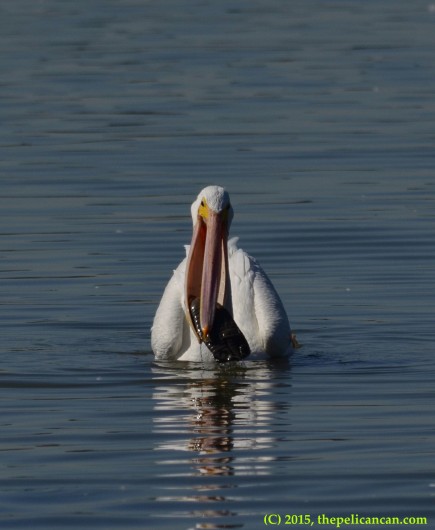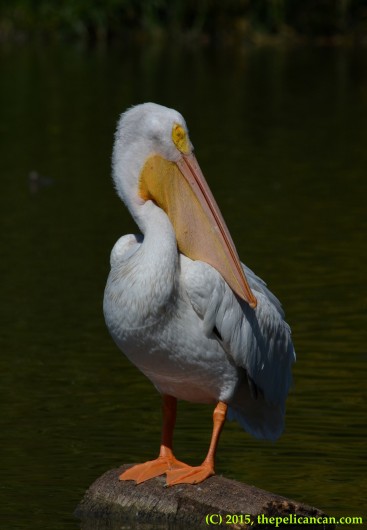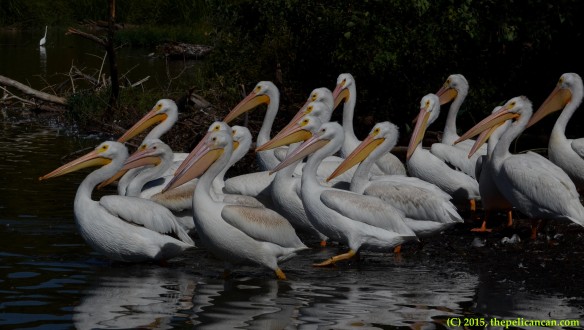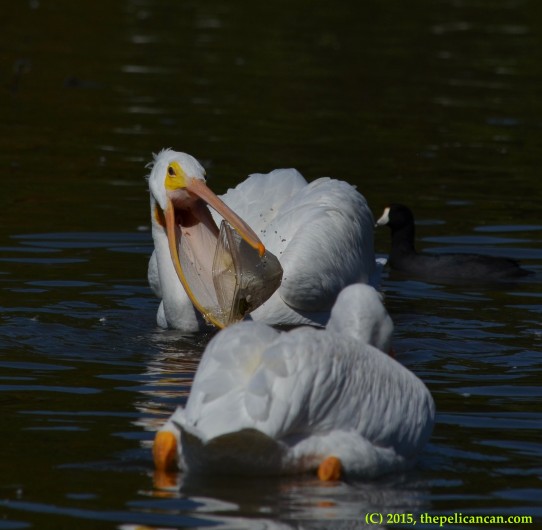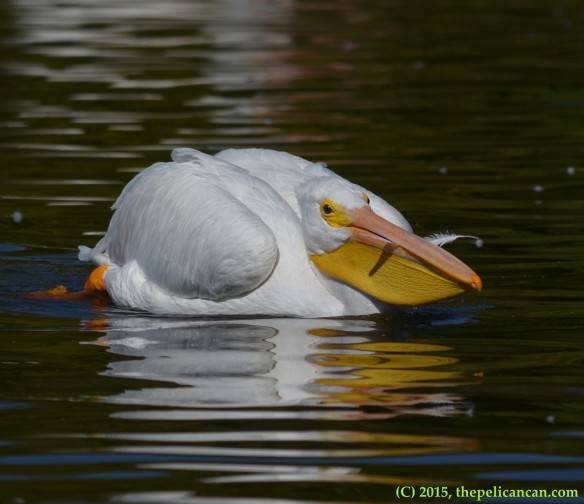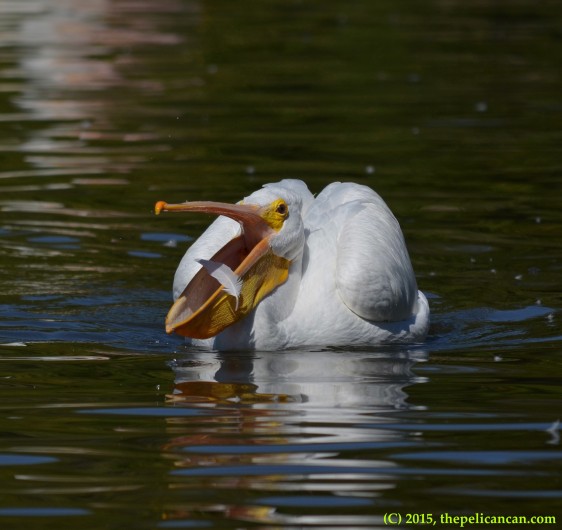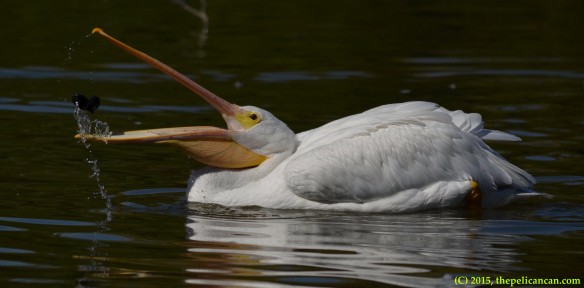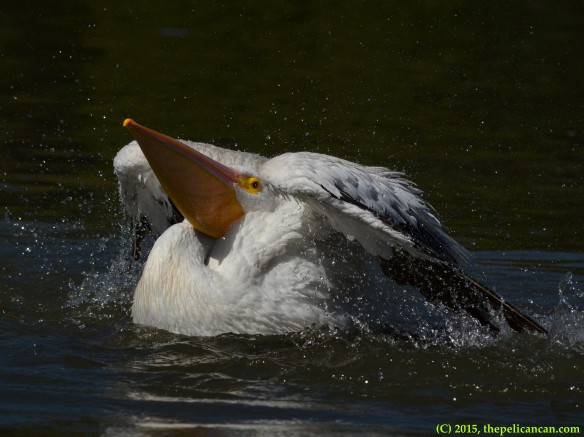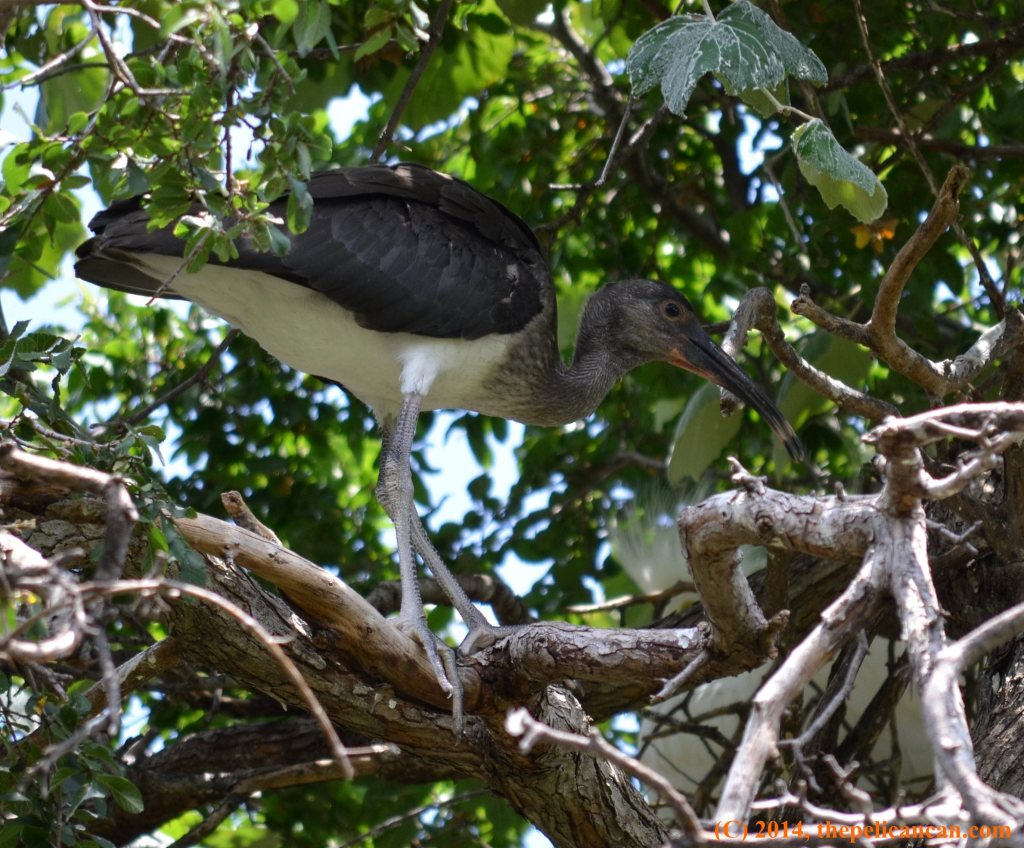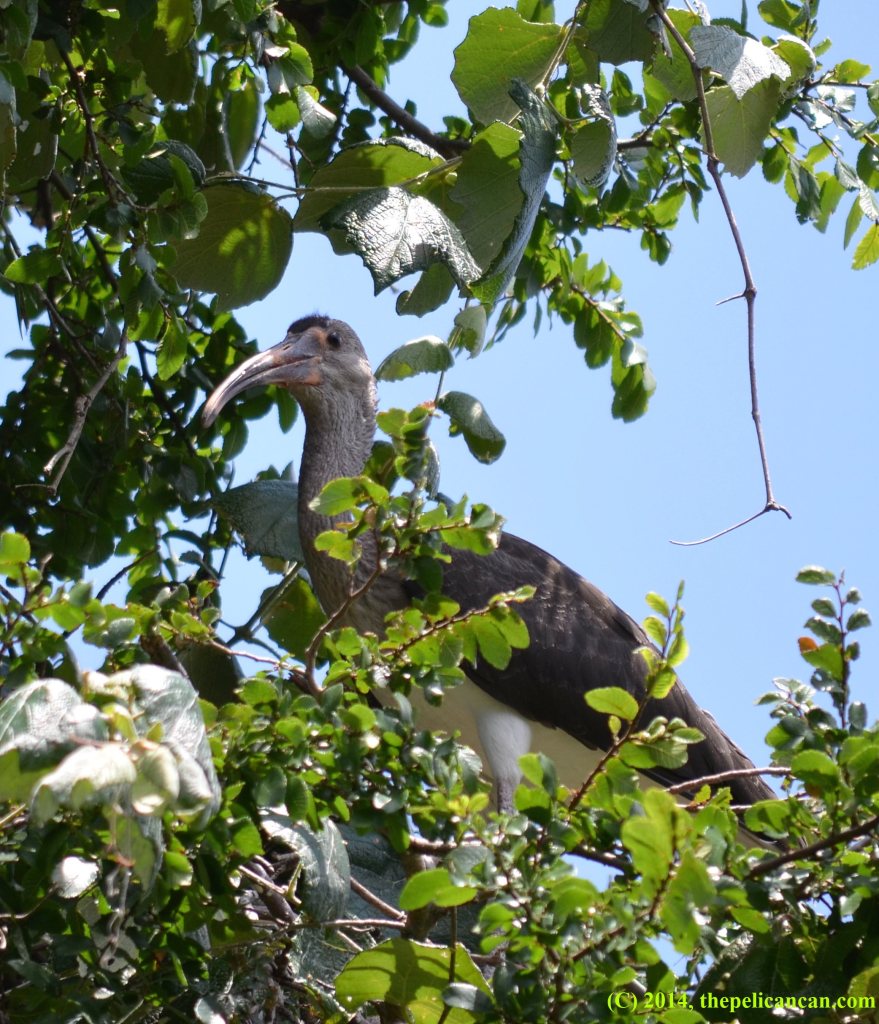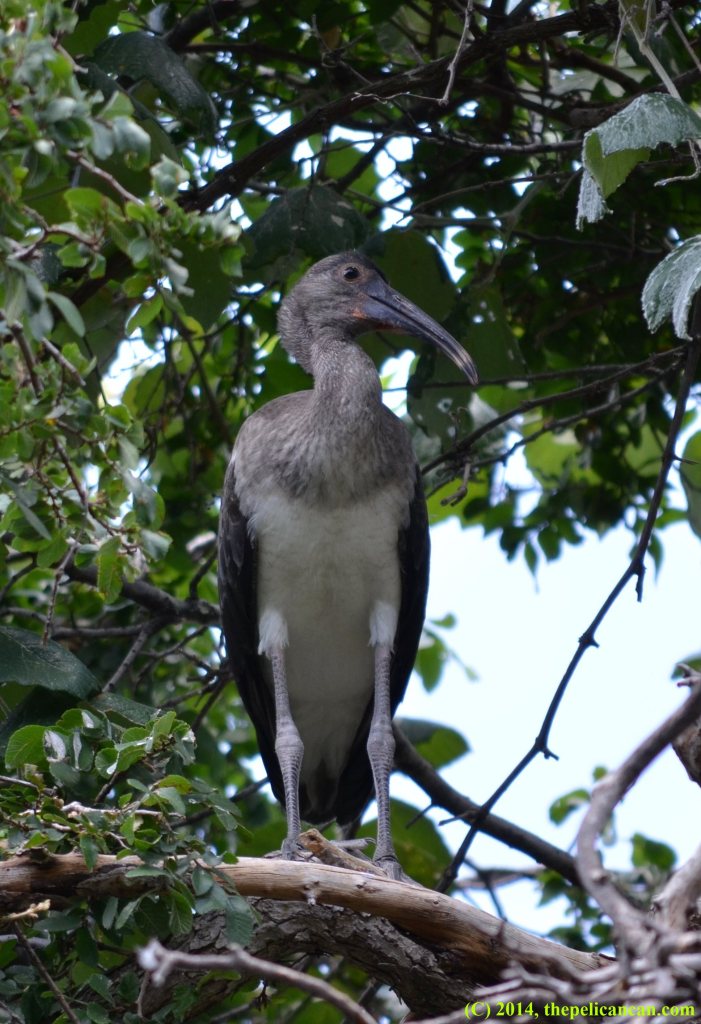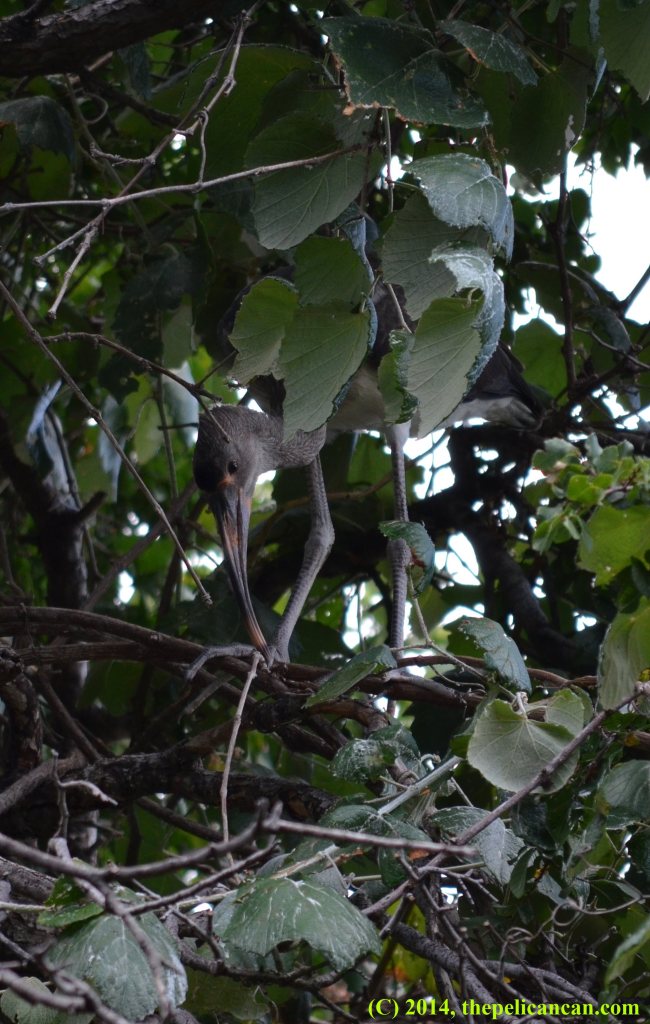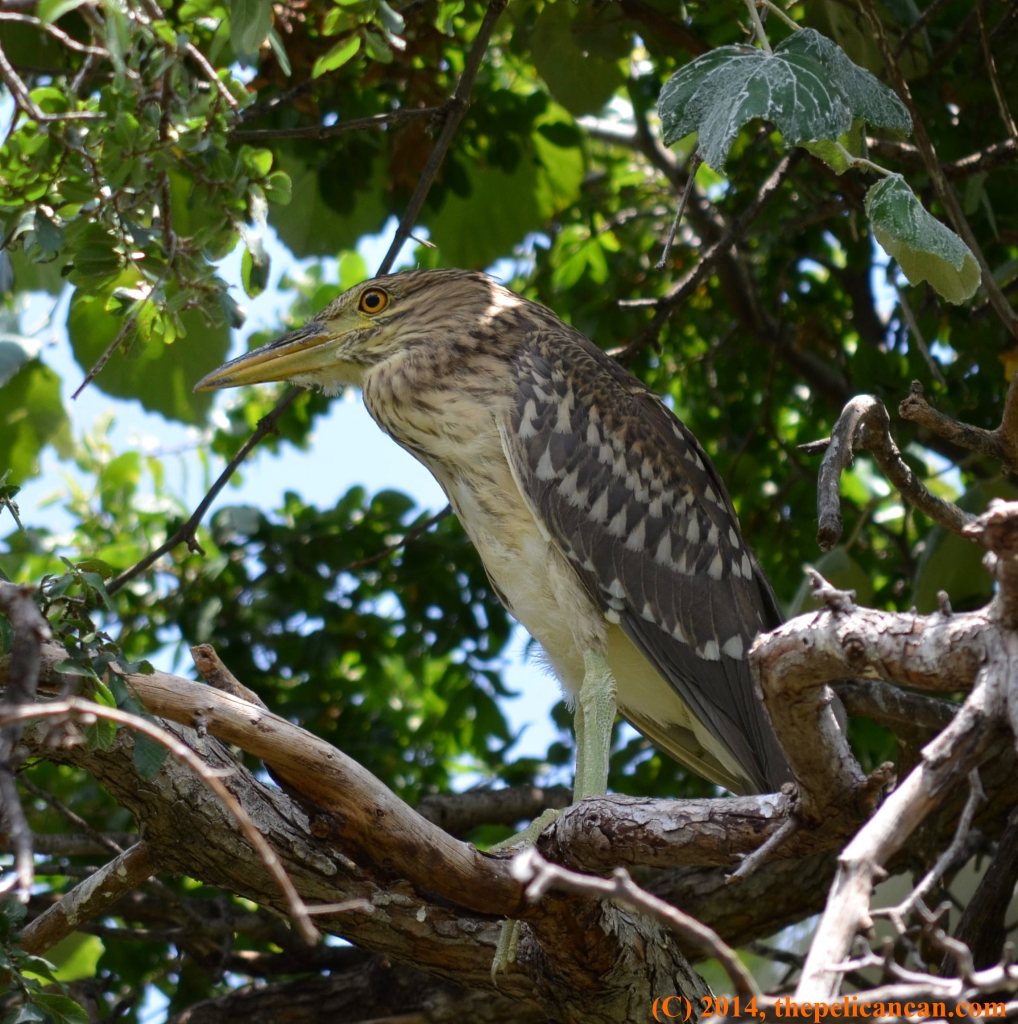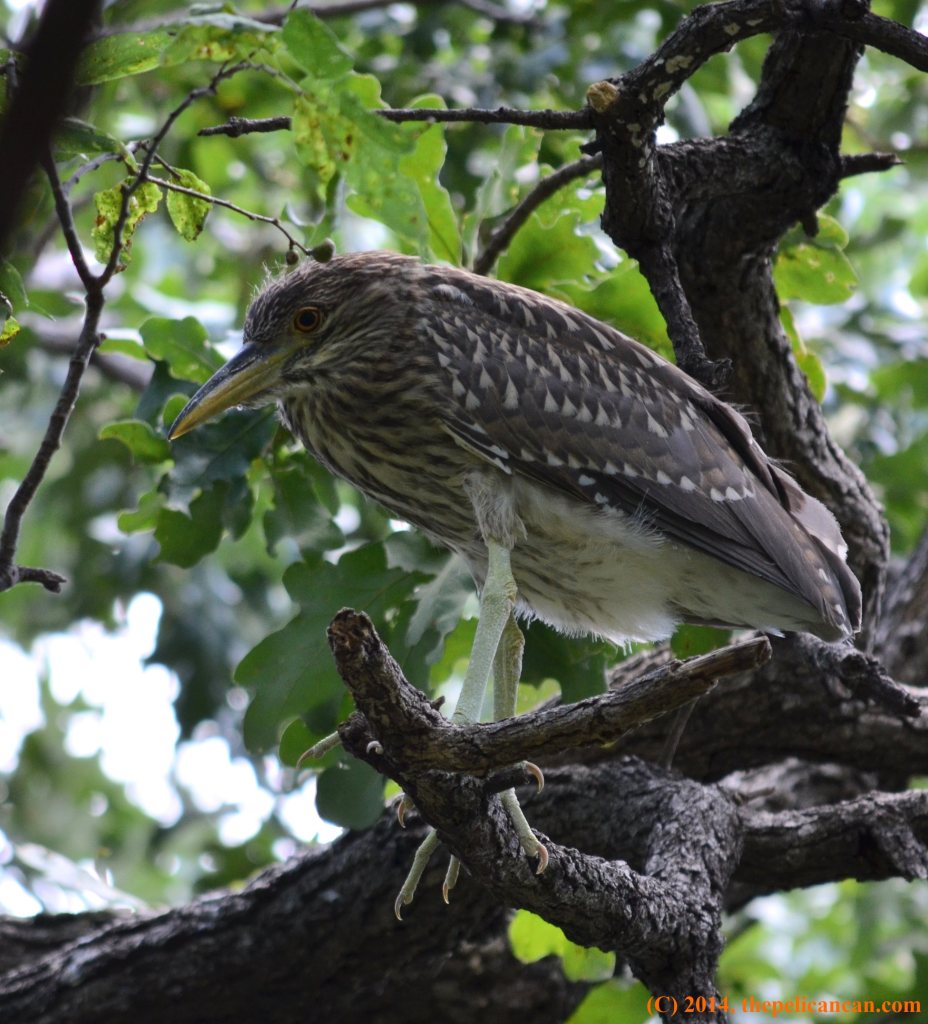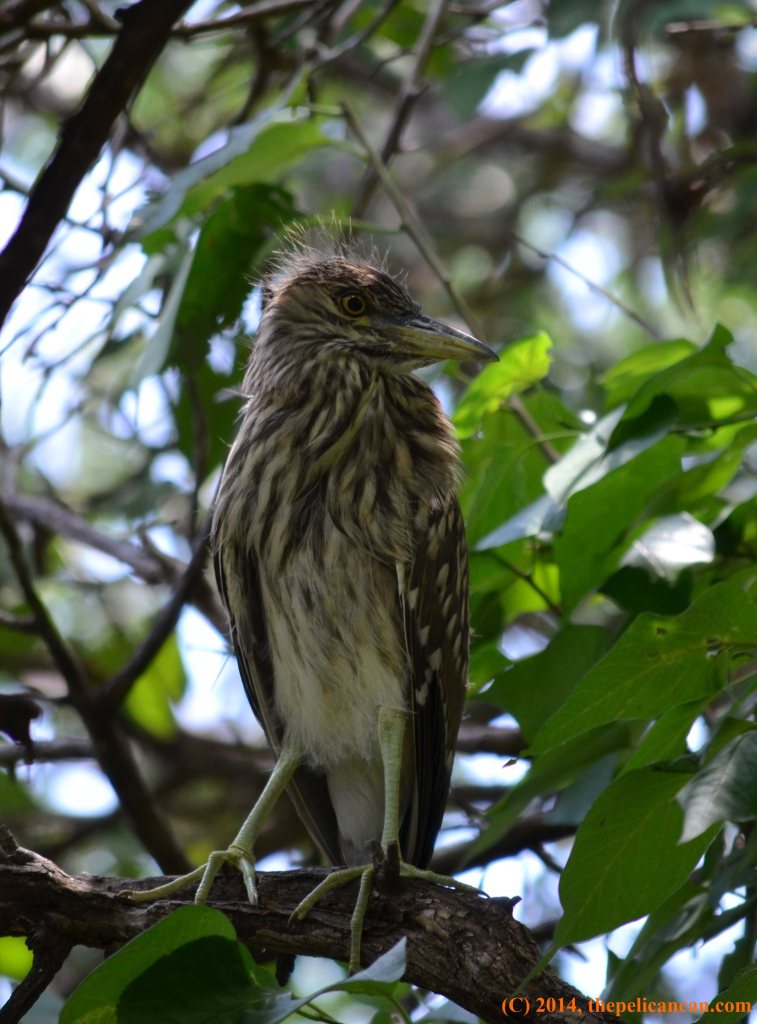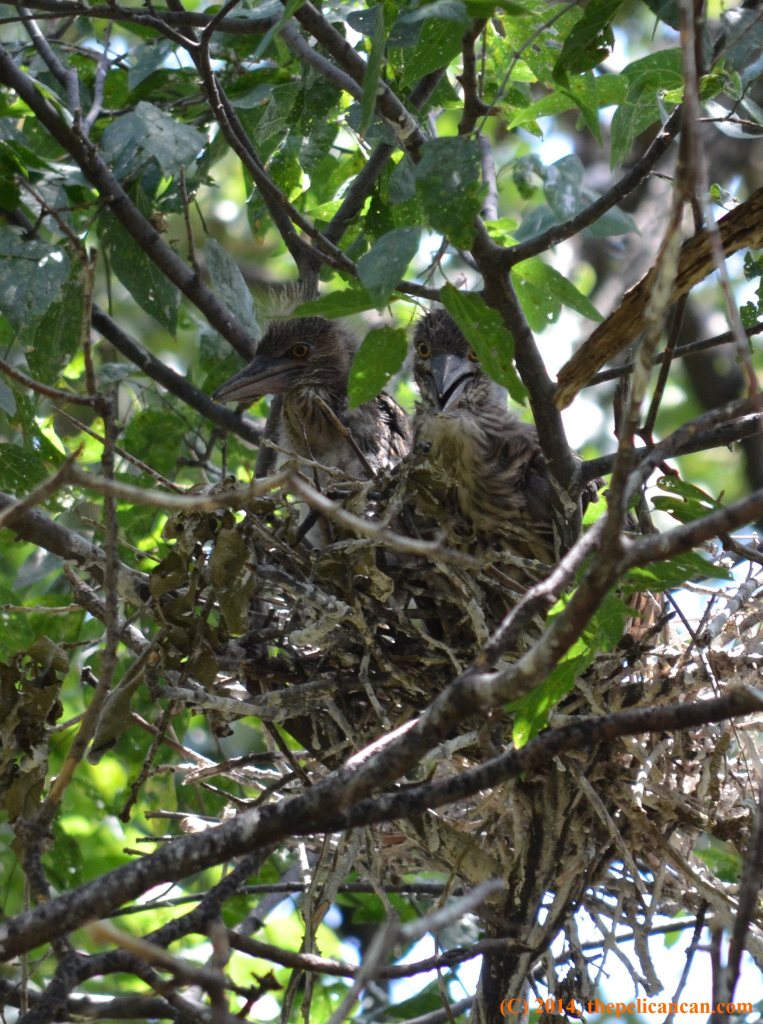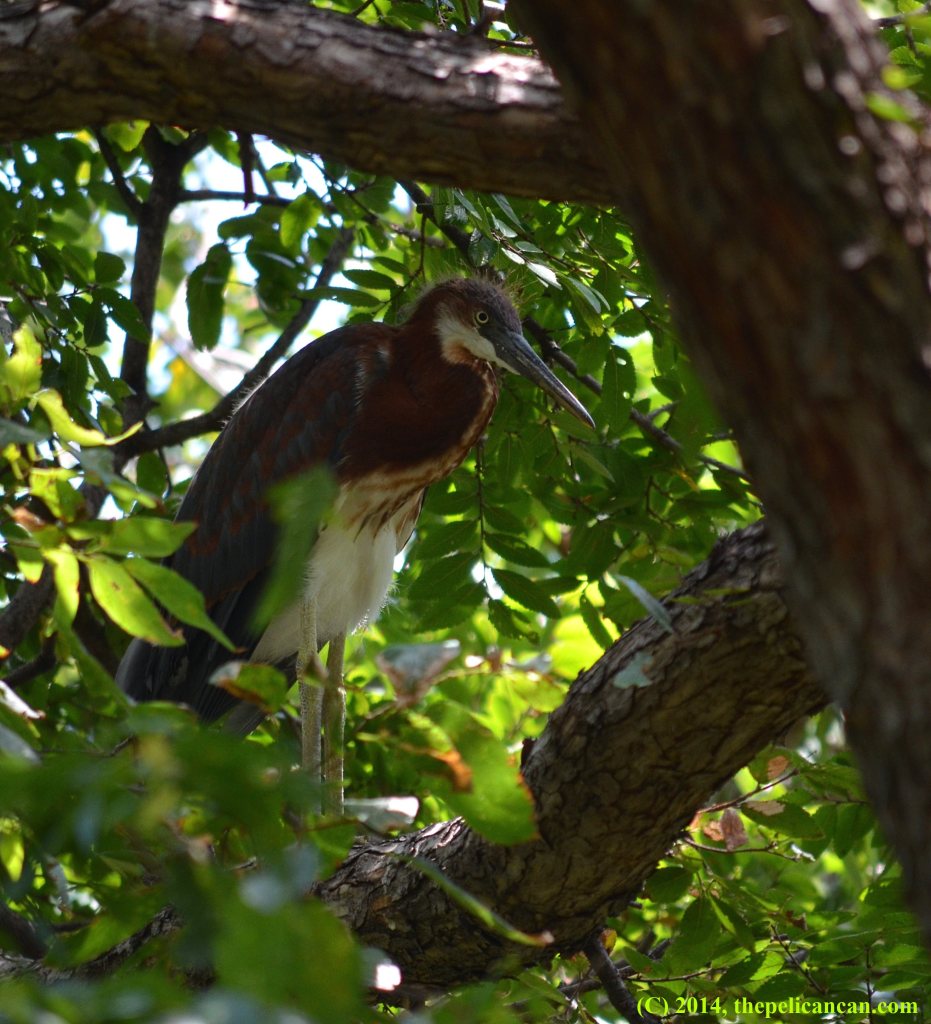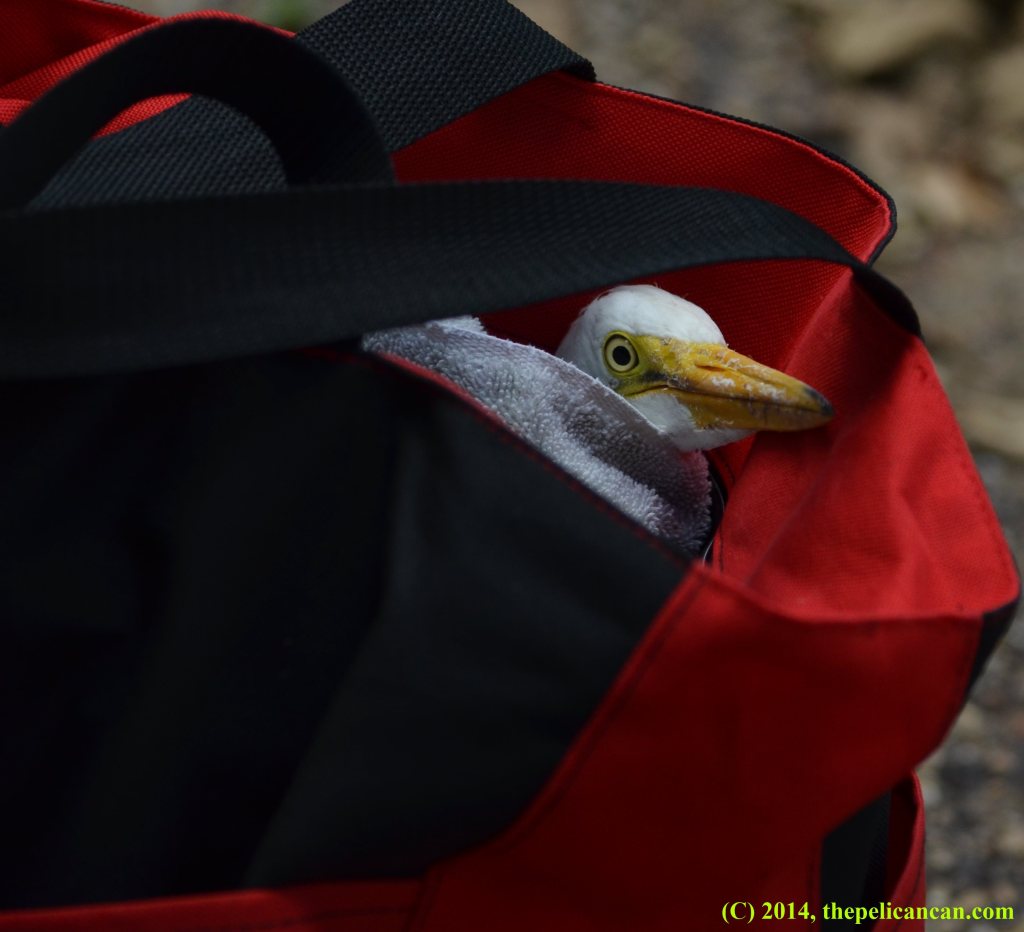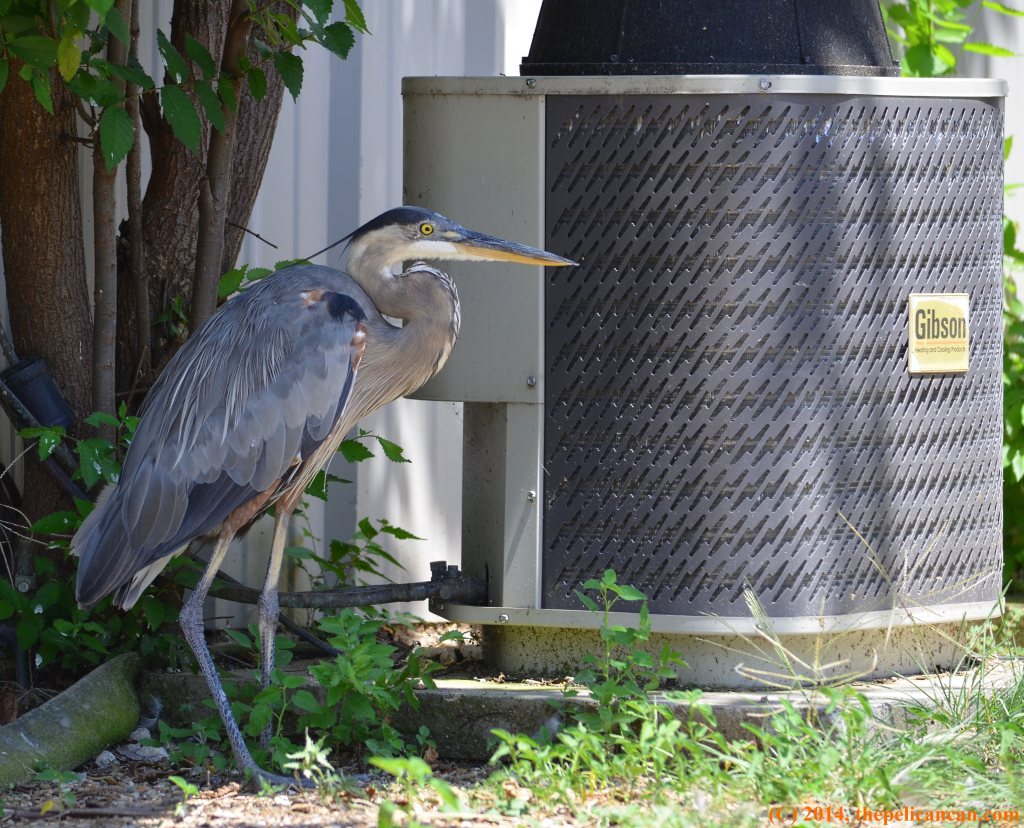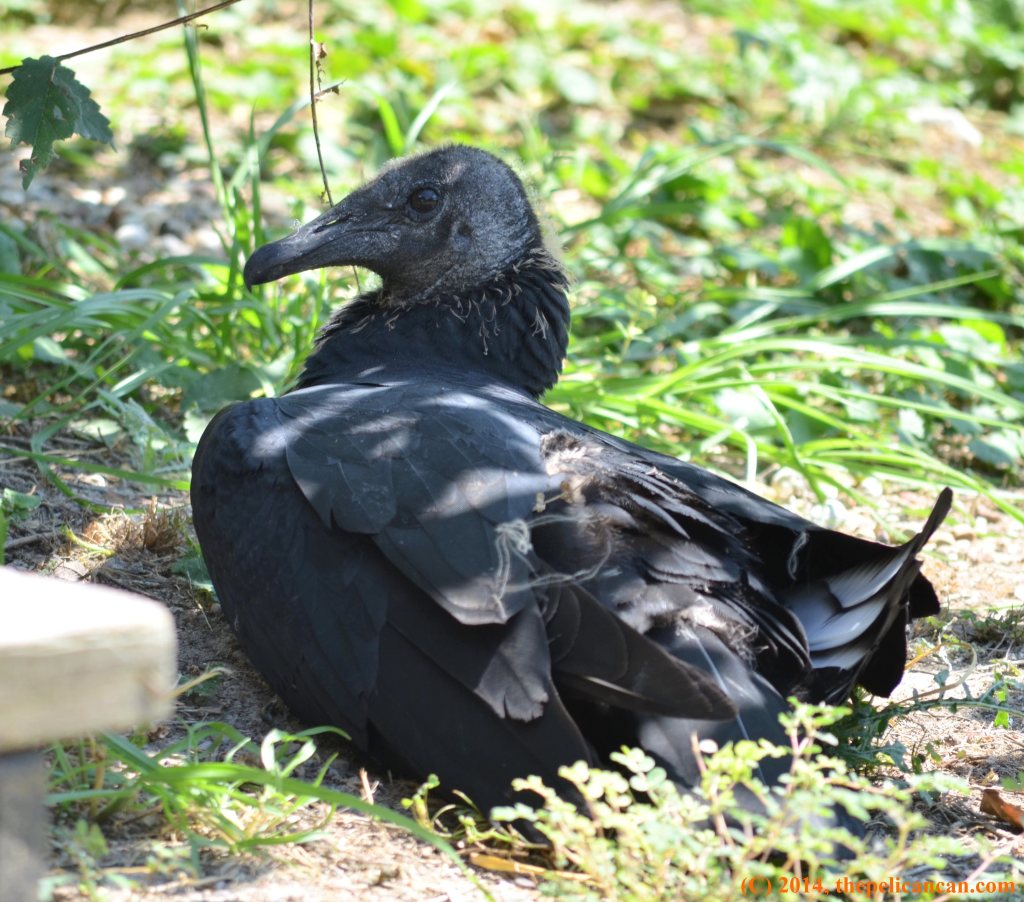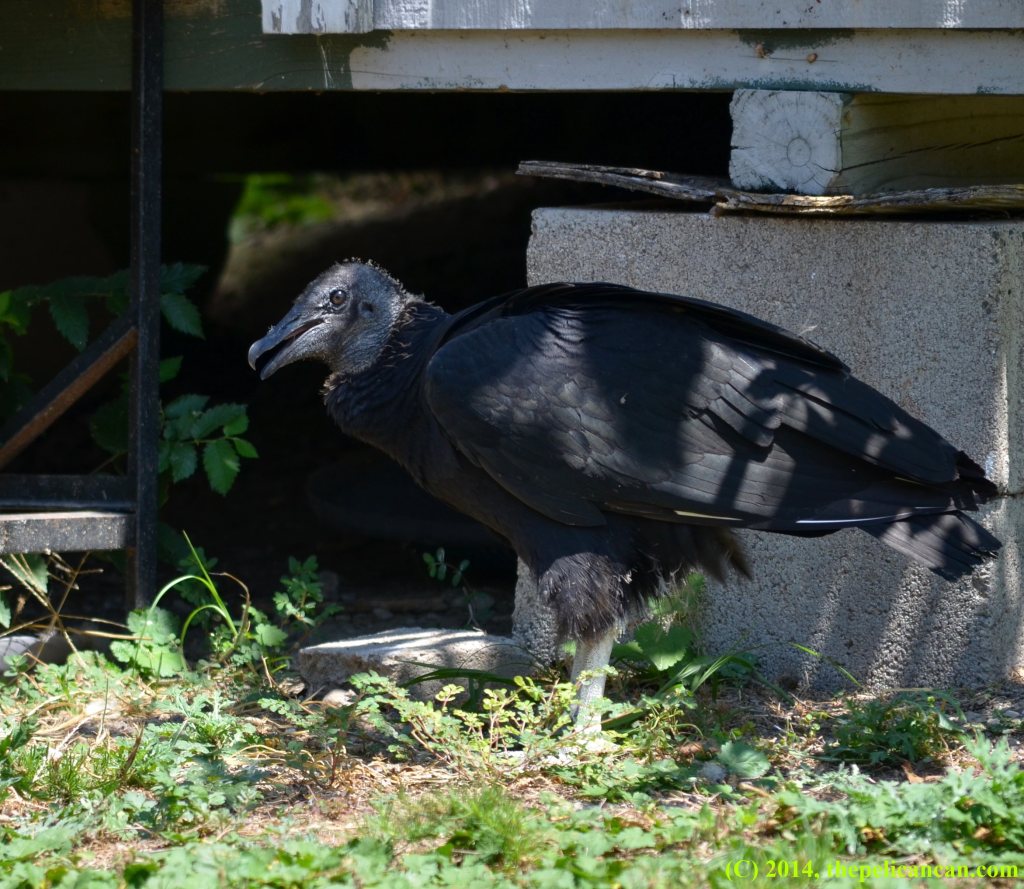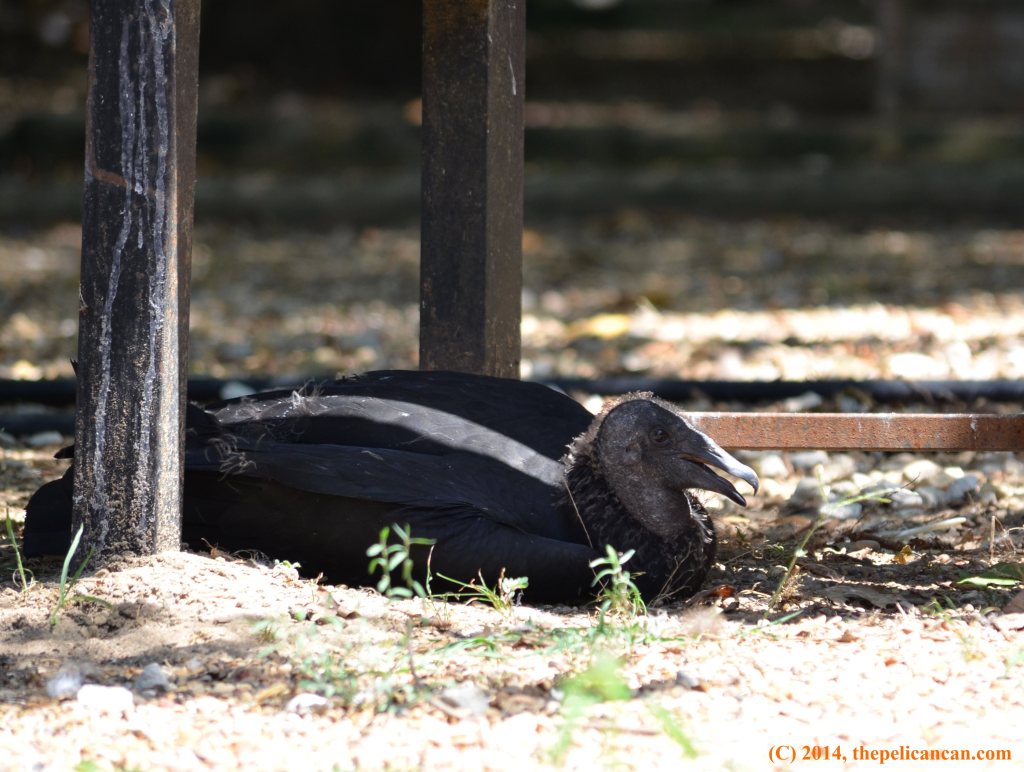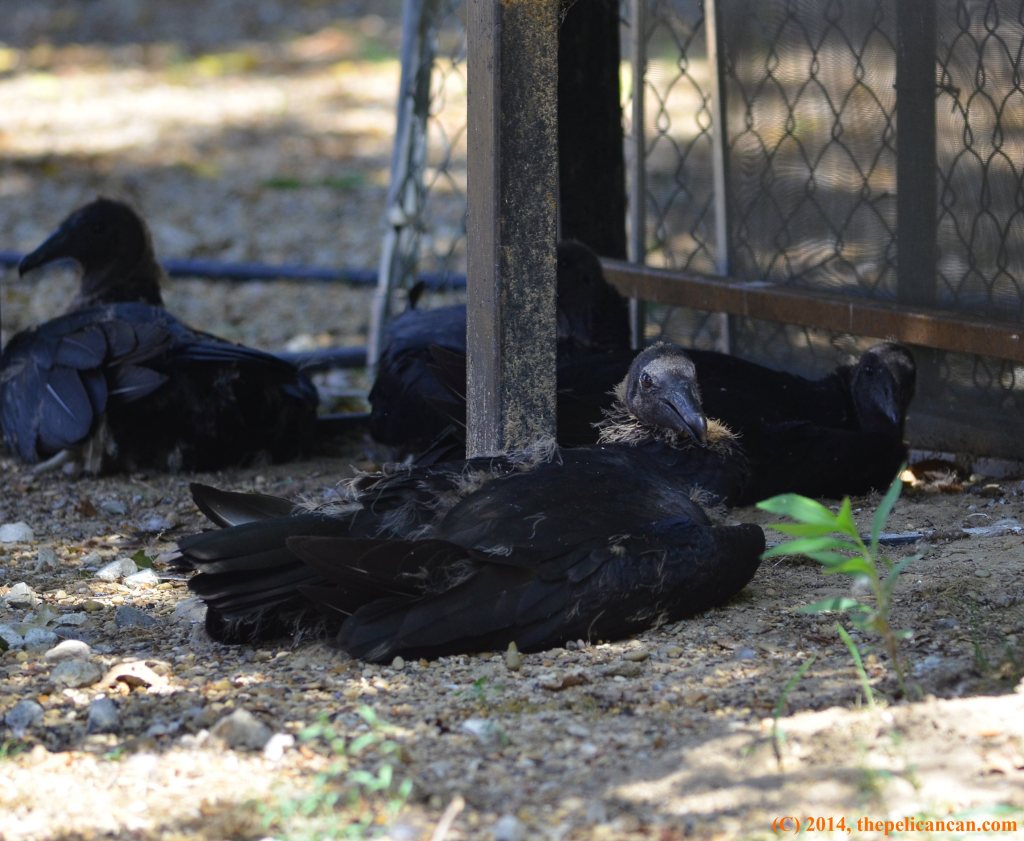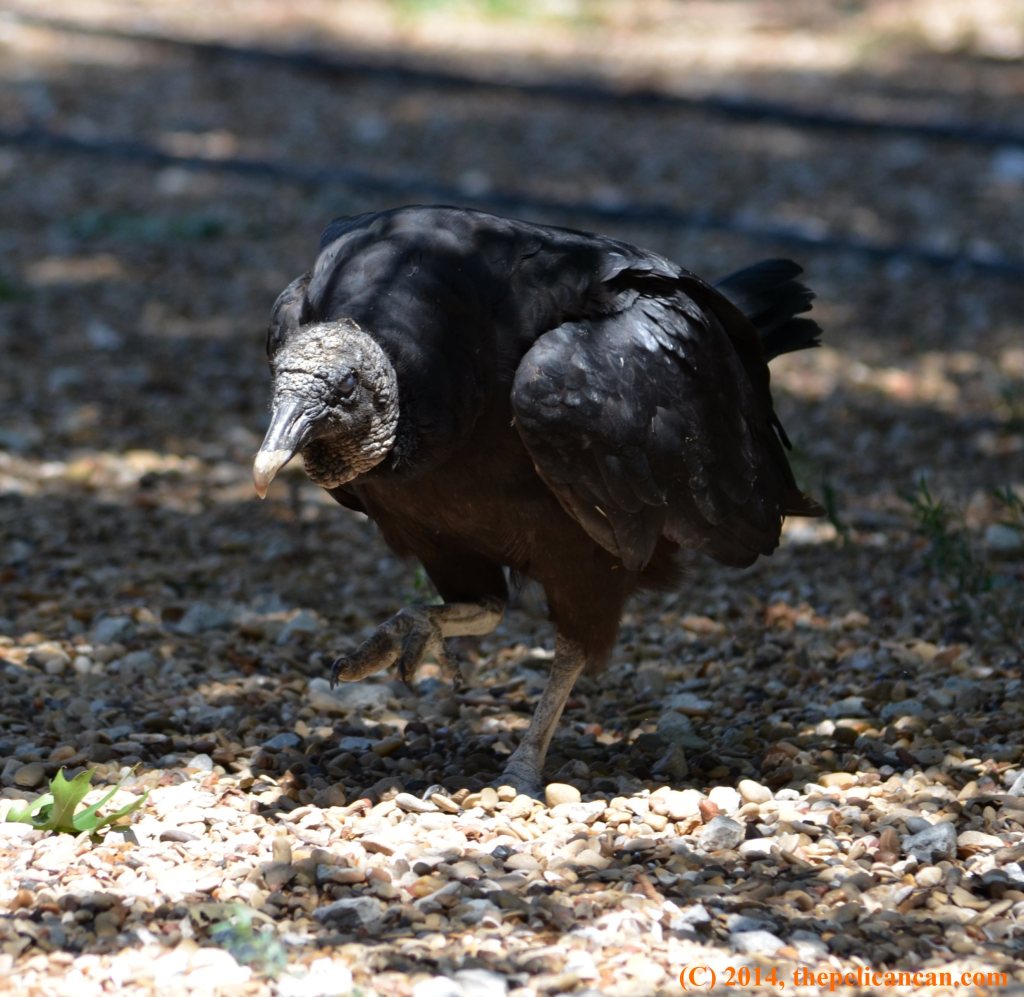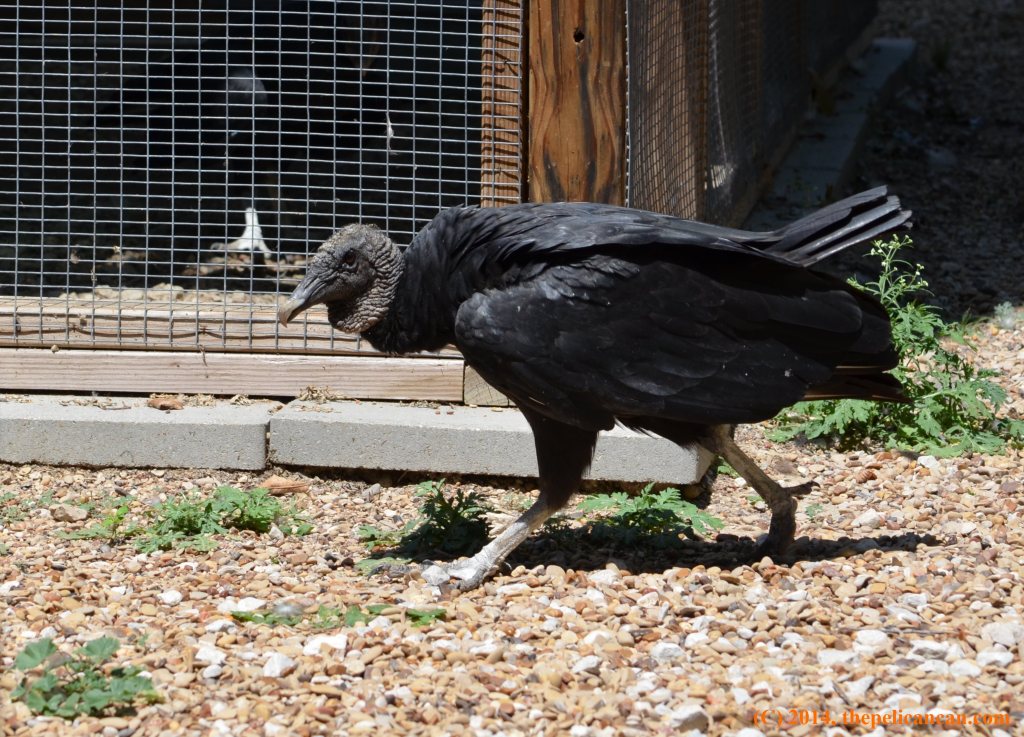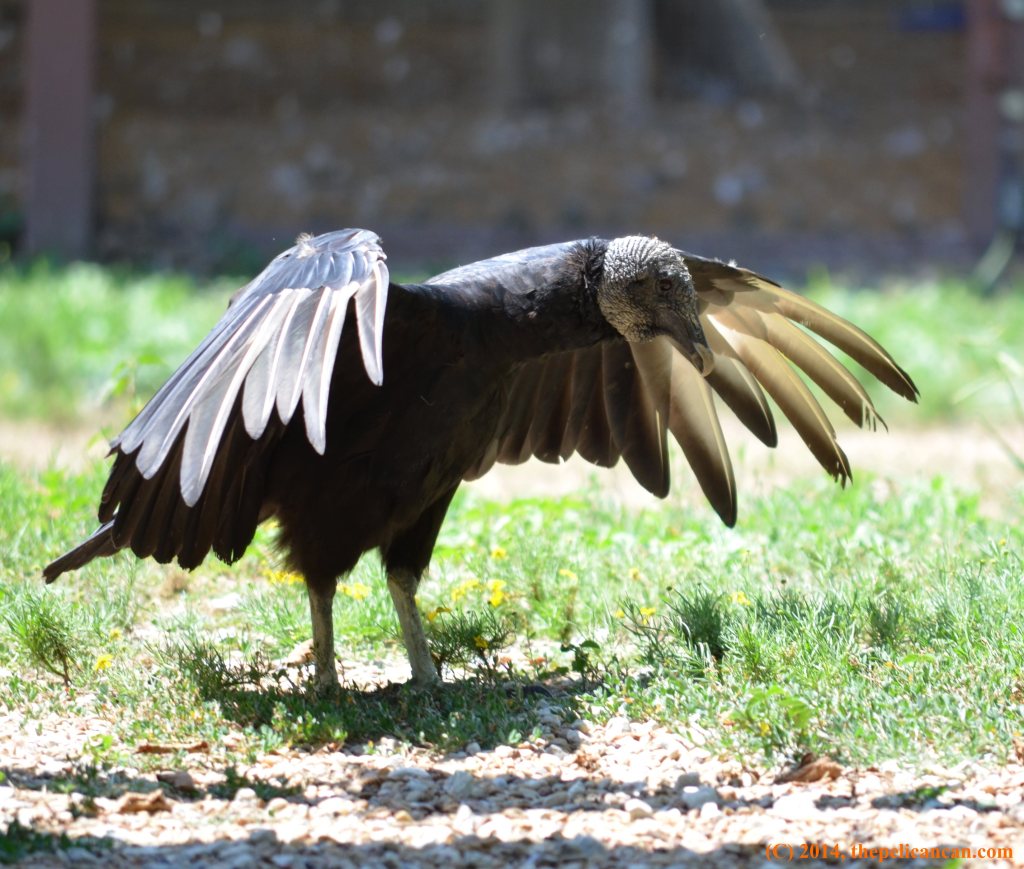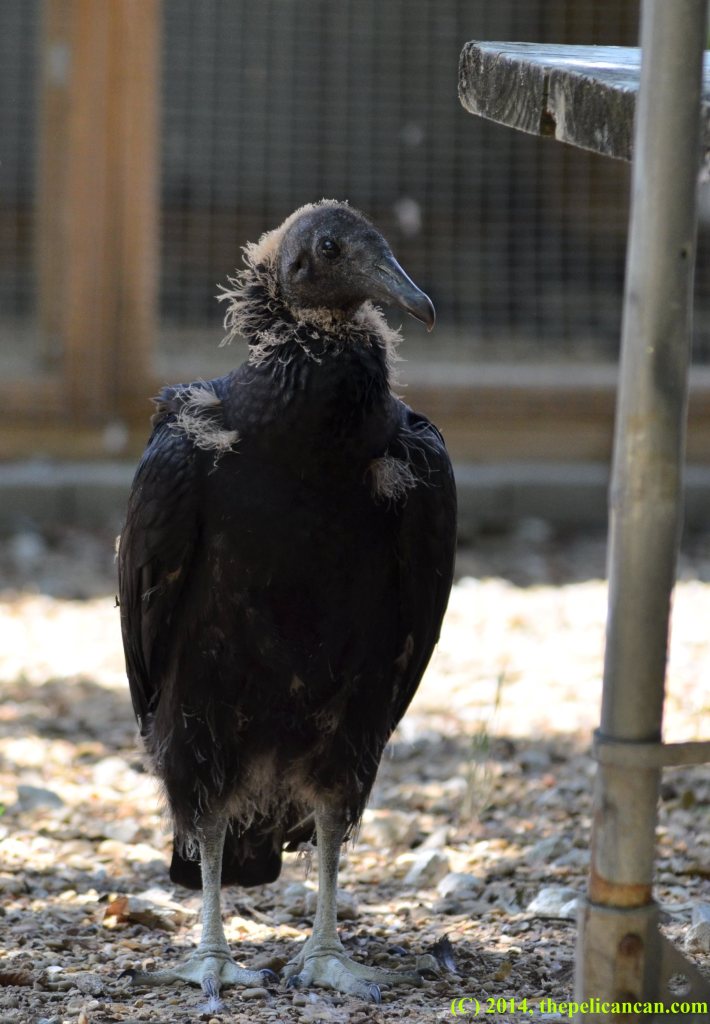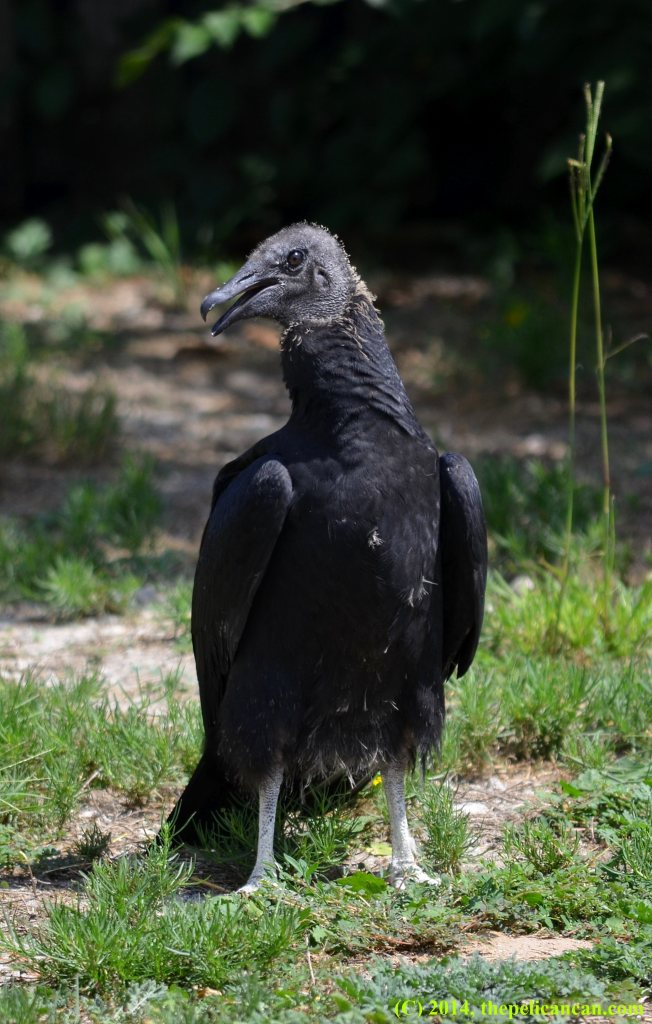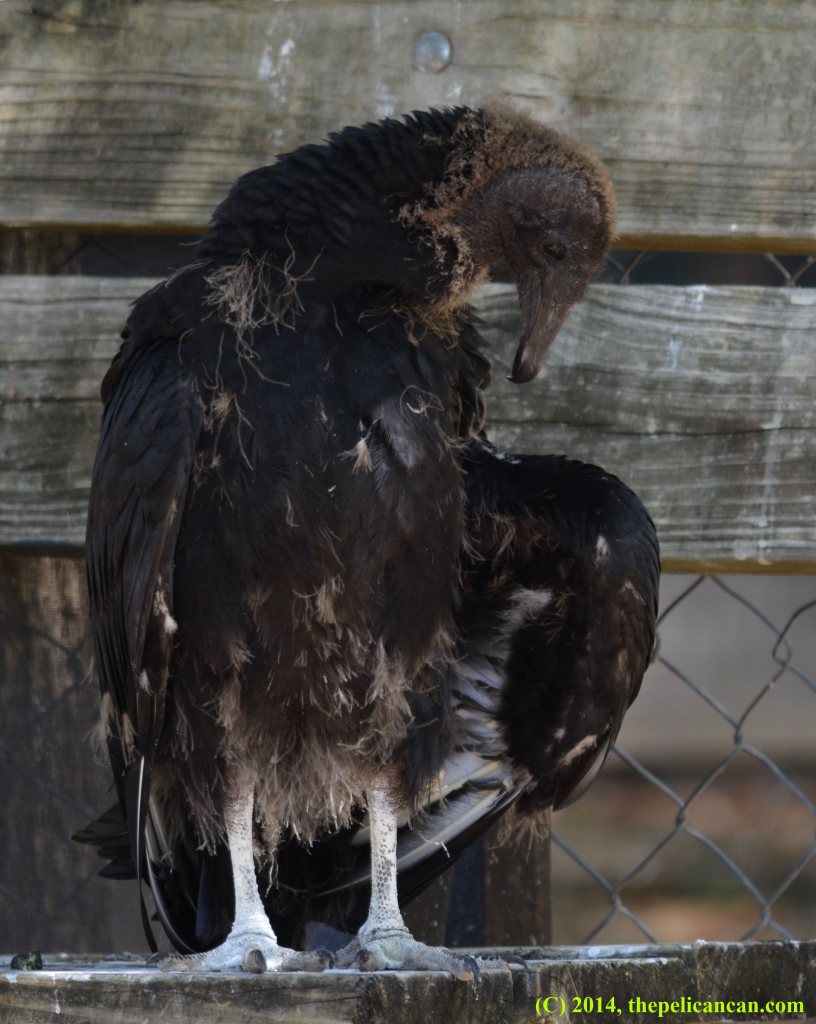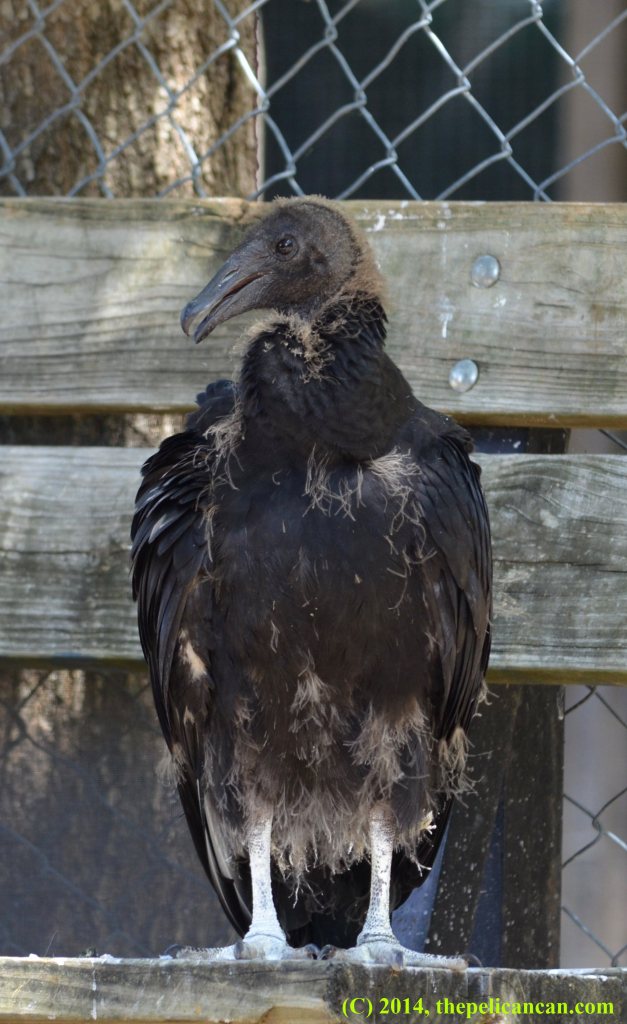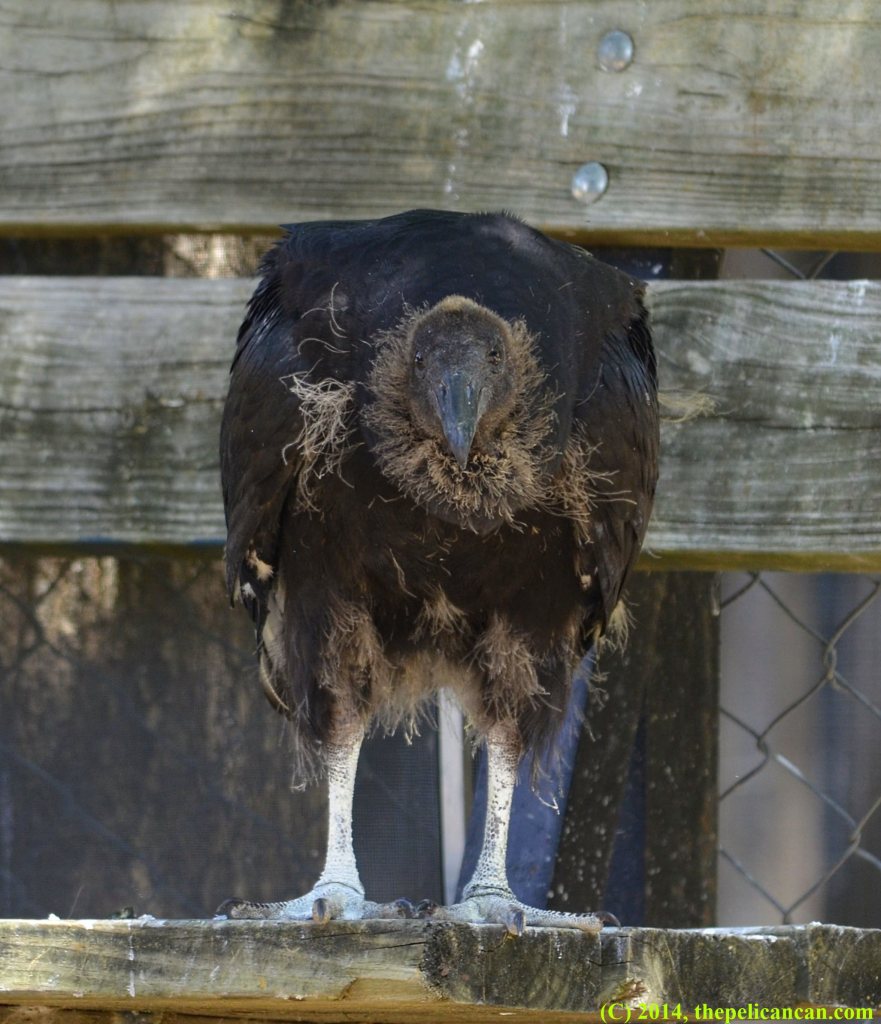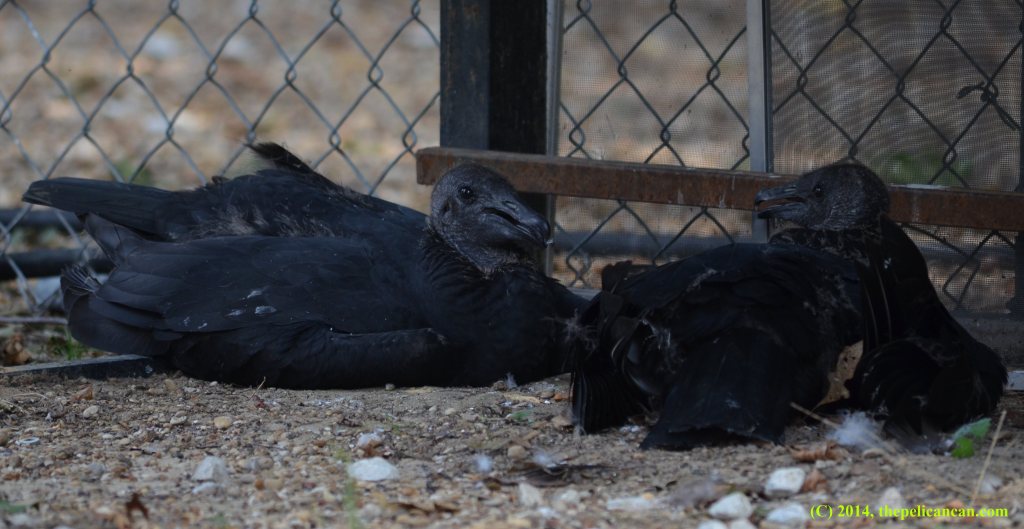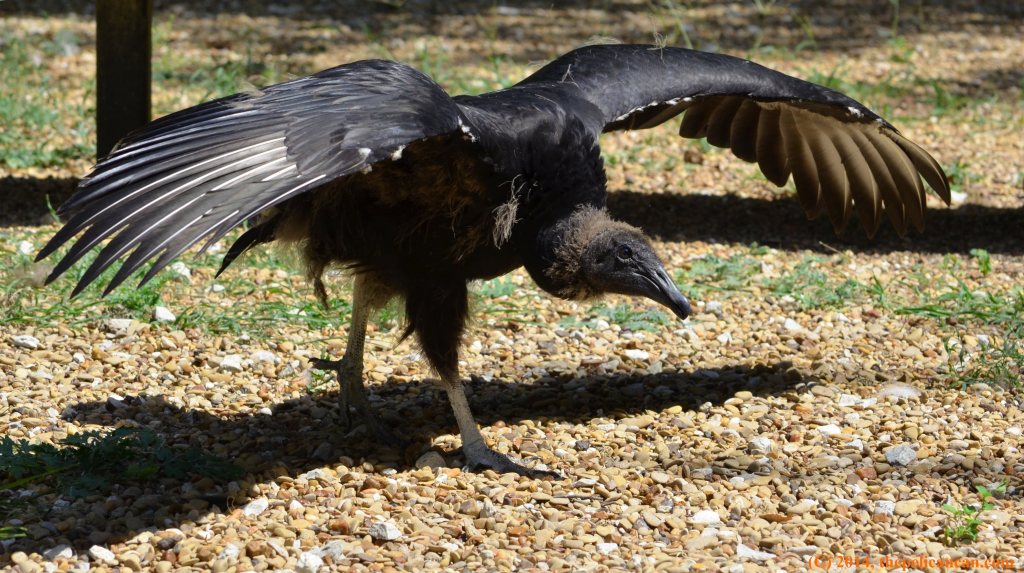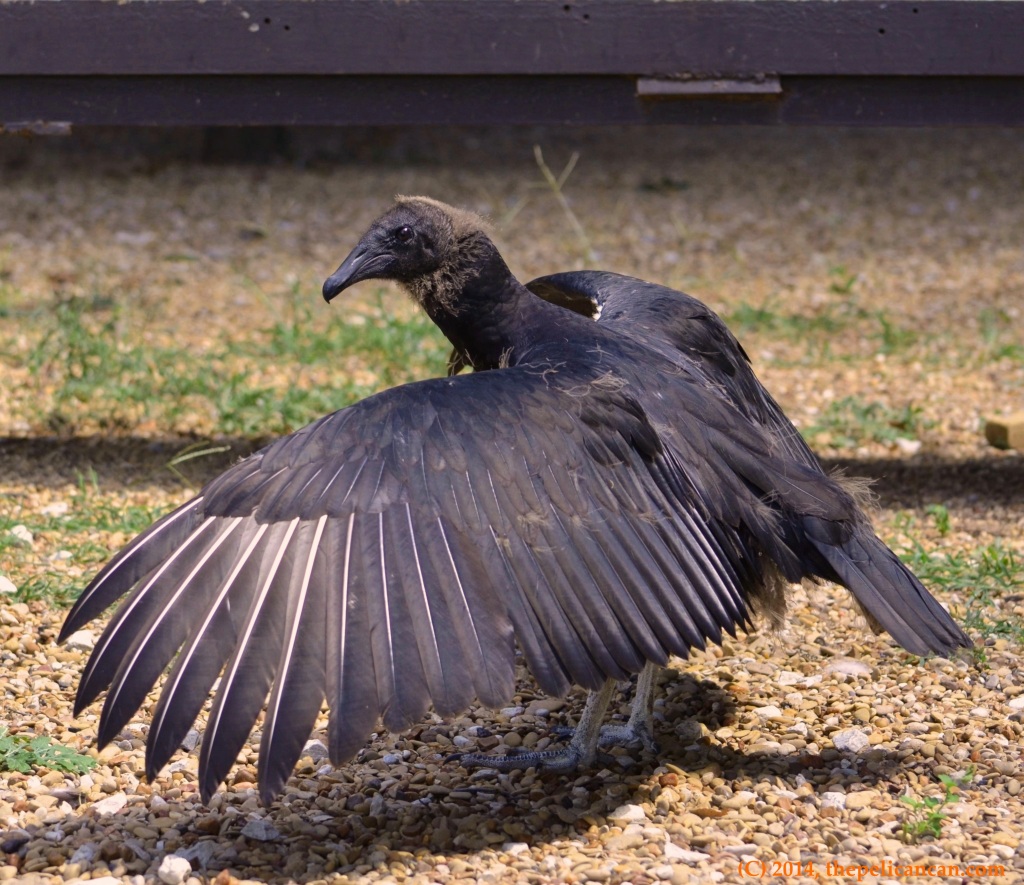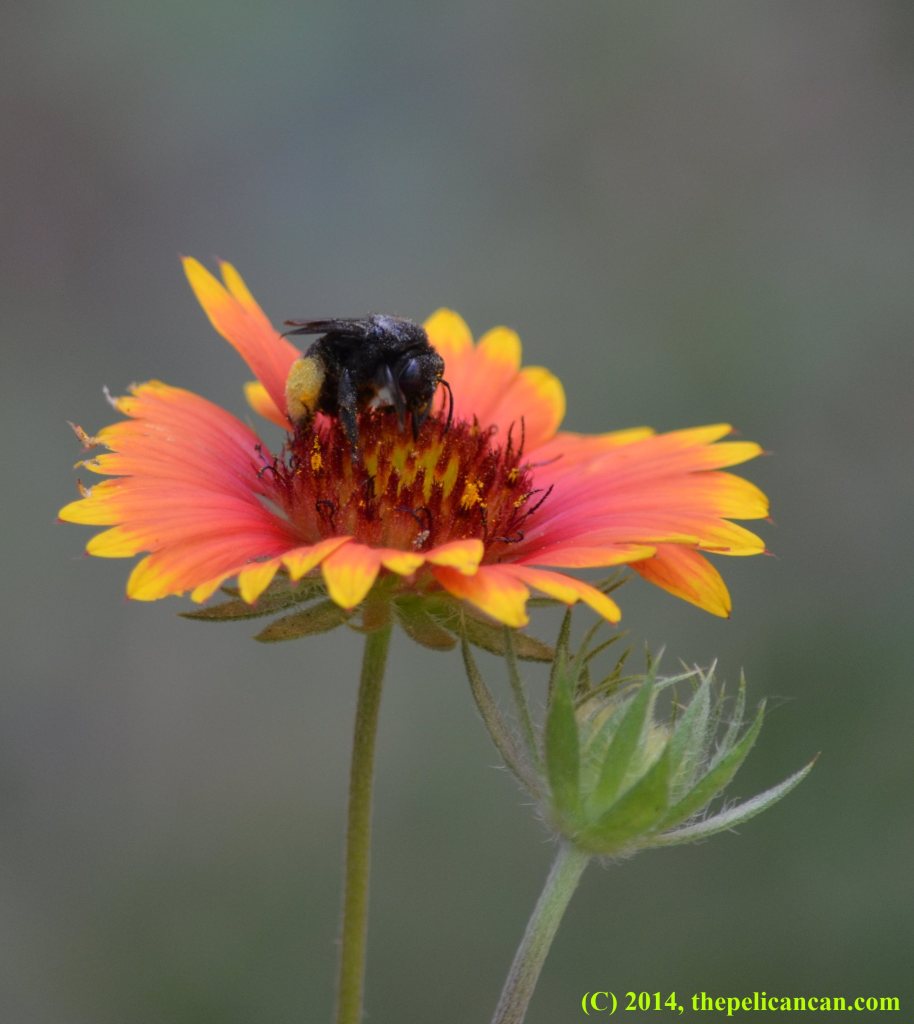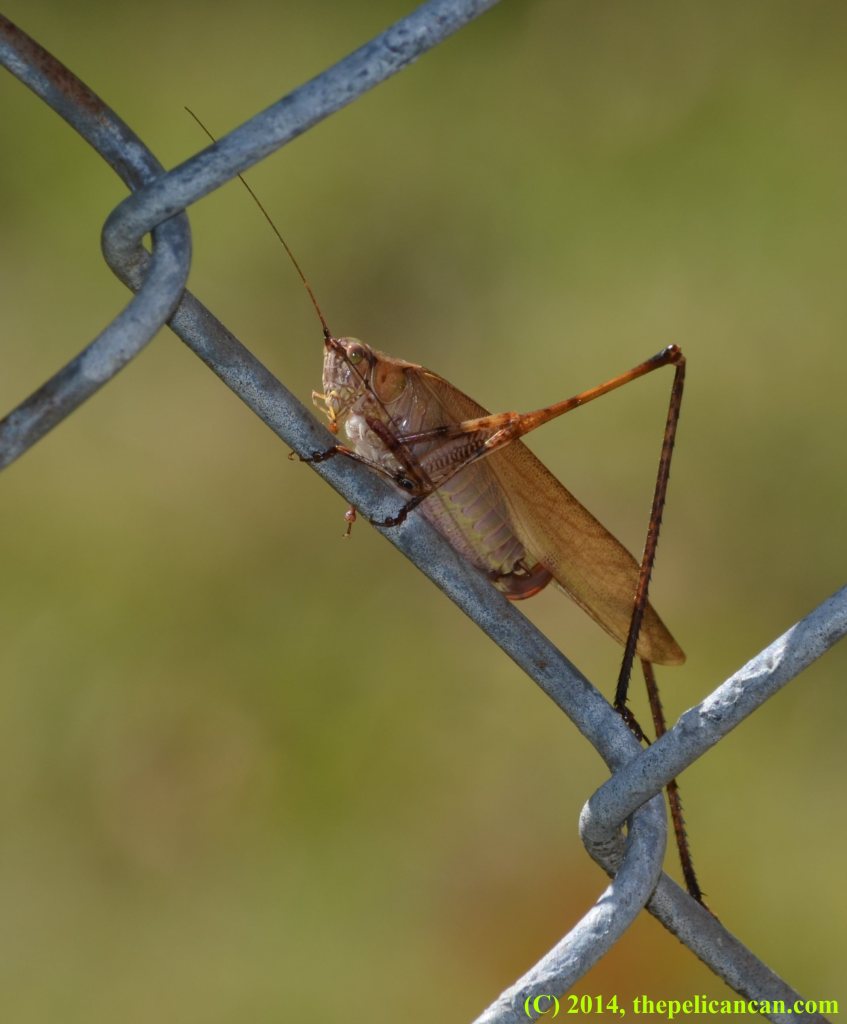When Q and I left for Florida in mid-March, Dallas was cold, gray, and rainy. When we returned from Florida, Dallas was cold, gray, and rainy . . . but it was also green.
One of Q’s friends gave him an owl house. We put it up too late in the season last year to attract any screech owls, but early last spring a male starling tried to tempt a female into nesting there with him. It didn’t work, and the owl house remained empty.
This year we have residents.
The squirrels are actually pretty cute to watch. Sometimes they peek out of the hole, like they are doing in the picture, but occasionally one of them will be hanging halfway out of the hole, just chilling.
I brought back a bunch of plants with me from Florida and spent a few days potting them up. While I was working, I kept noticing Carolina wrens flitting about on the ground near me.
I see Carolina wrens every day in the backyard, although they are most active at dusk.
These wrens were out in the middle of the afternoon, and they were tolerating me being fairly close to them. I assumed they were building a nest, but I didn’t know where the nest was located.
Until I saw them flying into the grill.
Sure enough, two Carolina wrens were gathering nesting material and depositing it inside the grill. They worked tirelessly for a few days.
Carolina wrens are infamous for building nests in odd, human-associated places. When I lived in Florida, I watched Carolina wrens build a nest in an open carton of Epsom salts. A pair raised young in an ornamental wreath on my mom’s front door. An old friend ended up with a Carolina wren’s nest inside his garage. Unfortunately, I think the Carolina wrens may have abandoned the nest in the grill. I haven’t seen a bird flying into or out of it since the wrens built the nest. Neither Q nor I have disturbed the grill in case the birds are using it.
A few other backyard birds have posed for me.
The cardinals have learned to get seeds directly from the bird feeder instead of grubbing on the ground below it. Typically the female flies to the feeder first and eats some while the male keeps watch nearby. Then the male hops on another perch on the feeder next to her. Last year I frequently saw downy woodpeckers flying onto the feeder and taking seeds, but that hasn’t happened yet this year.
The best part of spring is watching all the plants start to grow again.
I have four different rabbiteye blueberry plants. Because the soil here is alkaline clay, I have to grow the blueberries in large pots with acid soil.
In 2002 I started growing a key lime from seed. I had read online that certain citrus fruits come true-to-type if grown from seed—no grafting needed for edible fruit. That plant is now a tree called Big Ouch. She is almost twelve feet tall, and in the past few years, could be counted on for at least a hundred key limes each season. I have air-layered and detached fruiting branches from her to start new trees, called Ouchlettes. The oldest Ouchlette is almost as tall as Big Ouch herself, although not as wide.
Key limes are the least hardy of the citrus plants I grow. Q used to carry them in and out of the house or the shed to protect them from cold weather, but Big Ouch got too large and heavy. Not only was she too large, but because she was seed grown, she was extremely thorny. Q designed makeshift greenhouses that he erects every fall and disassembles every spring to protect the citrus trees and other tender plants from cold weather.
Flowering plants mean bees and bugs.
This next bug was one that I learned about in a painful manner. A couple of years ago I was deadheading an old rose blossom with my fingers. Suddenly I felt a sharp, horrible pain in my finger. The sharpness of the pain quickly dulled, but the sensation of pain became stronger. It didn’t feel like a scorpion sting or any insect, bug, or spider bite I’d ever had.
Only when I was hurt again a few months later and managed to capture the bug was I able to identify the culprit. It was an assassin bug.
It uses a beak that it keeps folded underneath its head to stab its prey. Human fingers that are deadheading a rose or pulling weeds are apparently considered to be prey.
Carpenter bees, honeybees, and mason bees were all over the citrus blooms.
The next bee is one of my favorites. It’s a blue orchard mason bee. Last year I only saw it in the spring when the citrus flowers were blooming. I’m a little luckier this year; I’ve seen a couple of them hanging around the “Maggie” rose bush. They are leafcutter bees, and they really like rose leaves.
The wasps are hanging out, too.
Last year I became intrigued with flies. Q was grossed out: “They’re ugly, and they spread disease,” he said. But he had never seen a Promachus robberfly when he said that, and I had.
Late last summer when birding was boring and I started watching more bugs, I saw all sorts of different flies. Some of them were mimics, which are my favorites, but they were all fascinating. A few interesting flies have already stopped by this spring.
I have always had a soft spot for the next fly because I think it resembles an ant.
The Carolina anoles have returned.
Dragonflies and damselflies are re-emerging. I was surprised to see this damselfly hanging out with honeybees among the blooming arugula. If anyone reading is interested in cultivating plants that attract bees, plant some arugula in the winter. Bees love the flowers, and you will get tons of seed.
Digging and turning over leaves and rocks sometimes reveals rough earth snakes. The first time Q and I encountered one, we thought it was a baby snake because it was so small. Eventually Q wrote to a herpetologist who identified the snake as an adult rough earth snake. Adults are typically 7-10 inches long.
The nicest backyard visit thus far this spring has been from the giant swallowtail butterfly. Giant swallowtails often visit the backyard because they lay their eggs on citrus leaves. One has to be lucky to see them; they only hang around for a few minutes before floating away. This butterfly was only interested in the citrus blossoms.
Coming soon: Q and I had some good birding experiences in Florida, and the rookery at UT Southwestern is currently hopping with great egrets.

